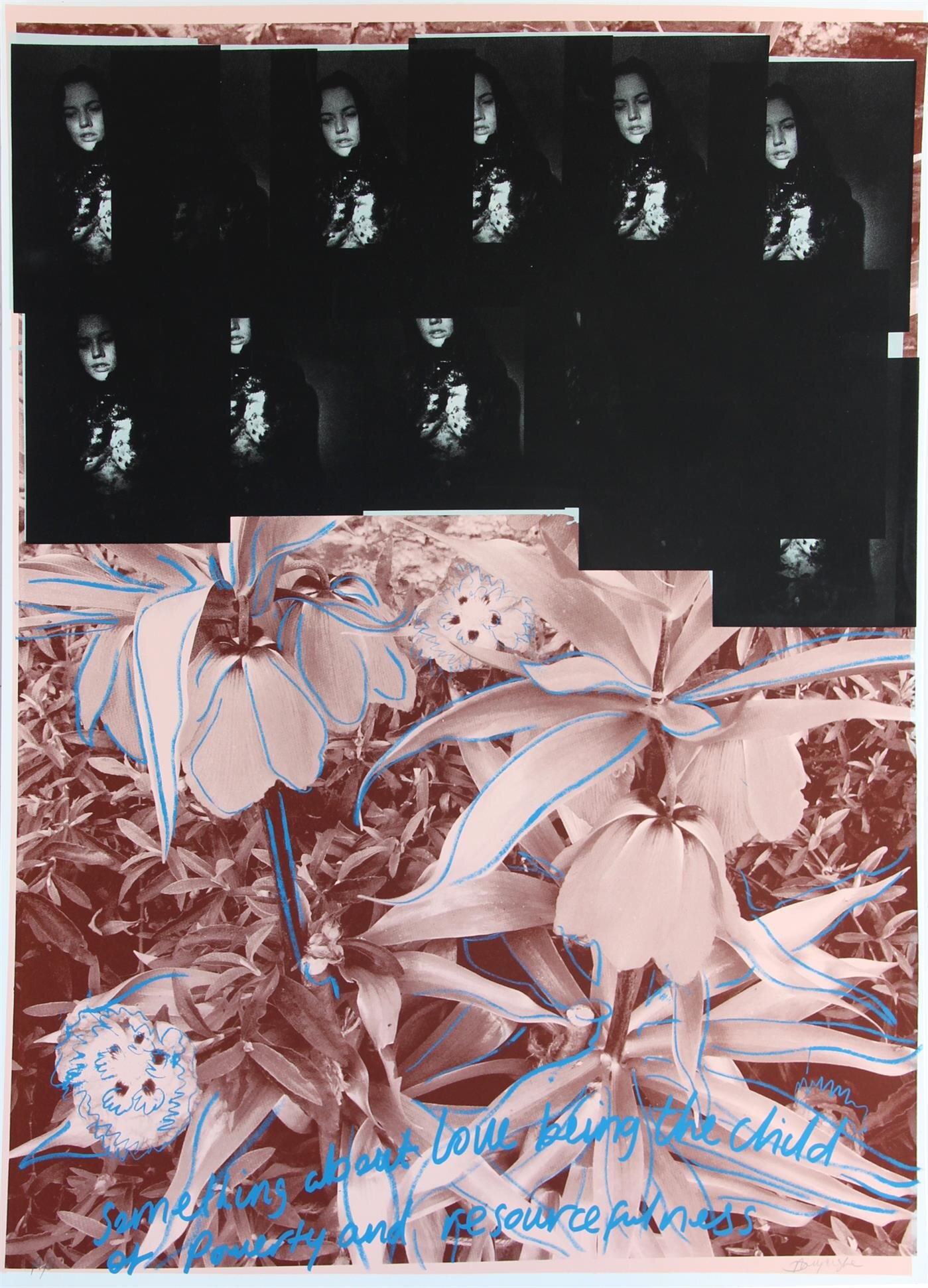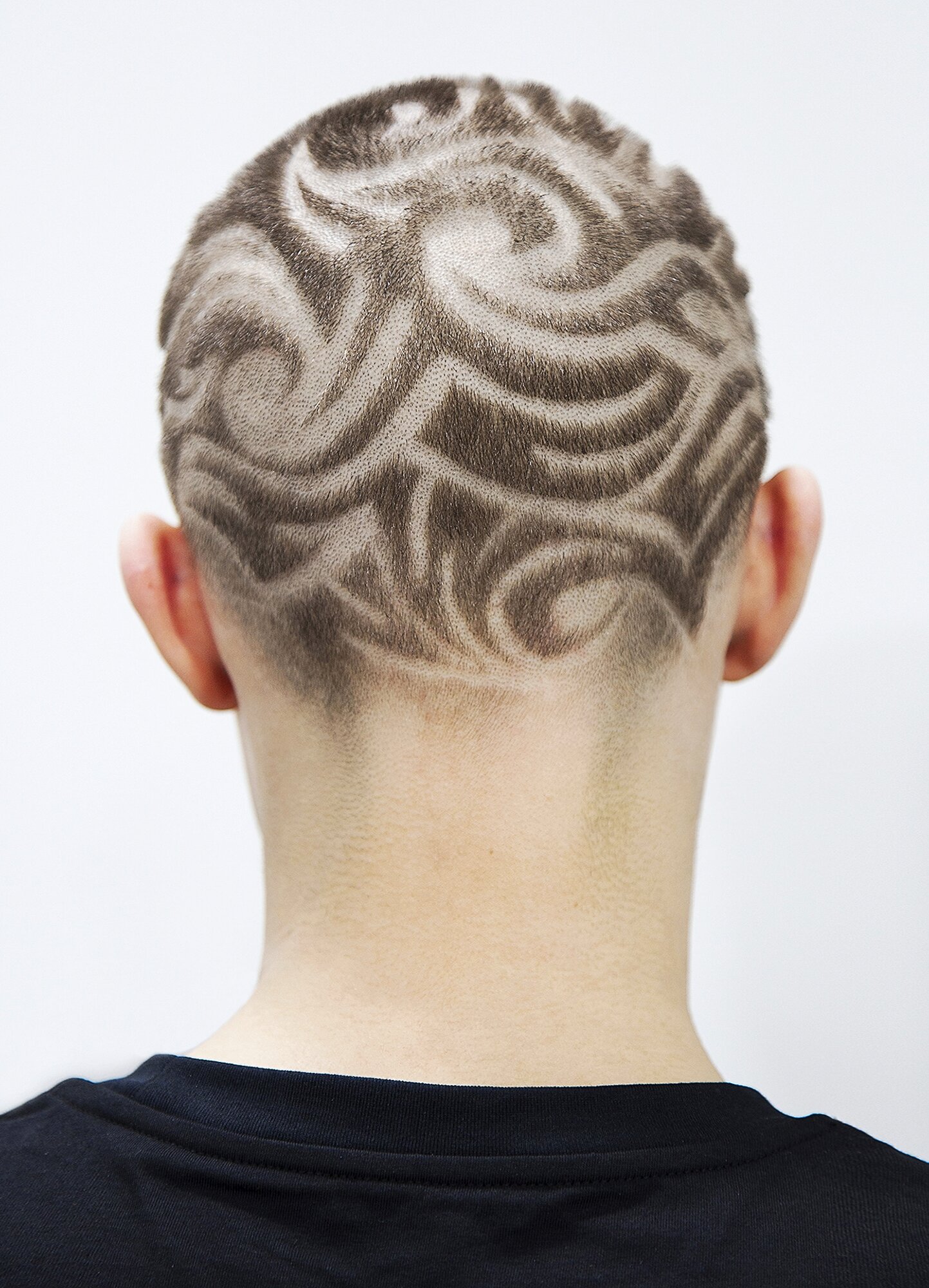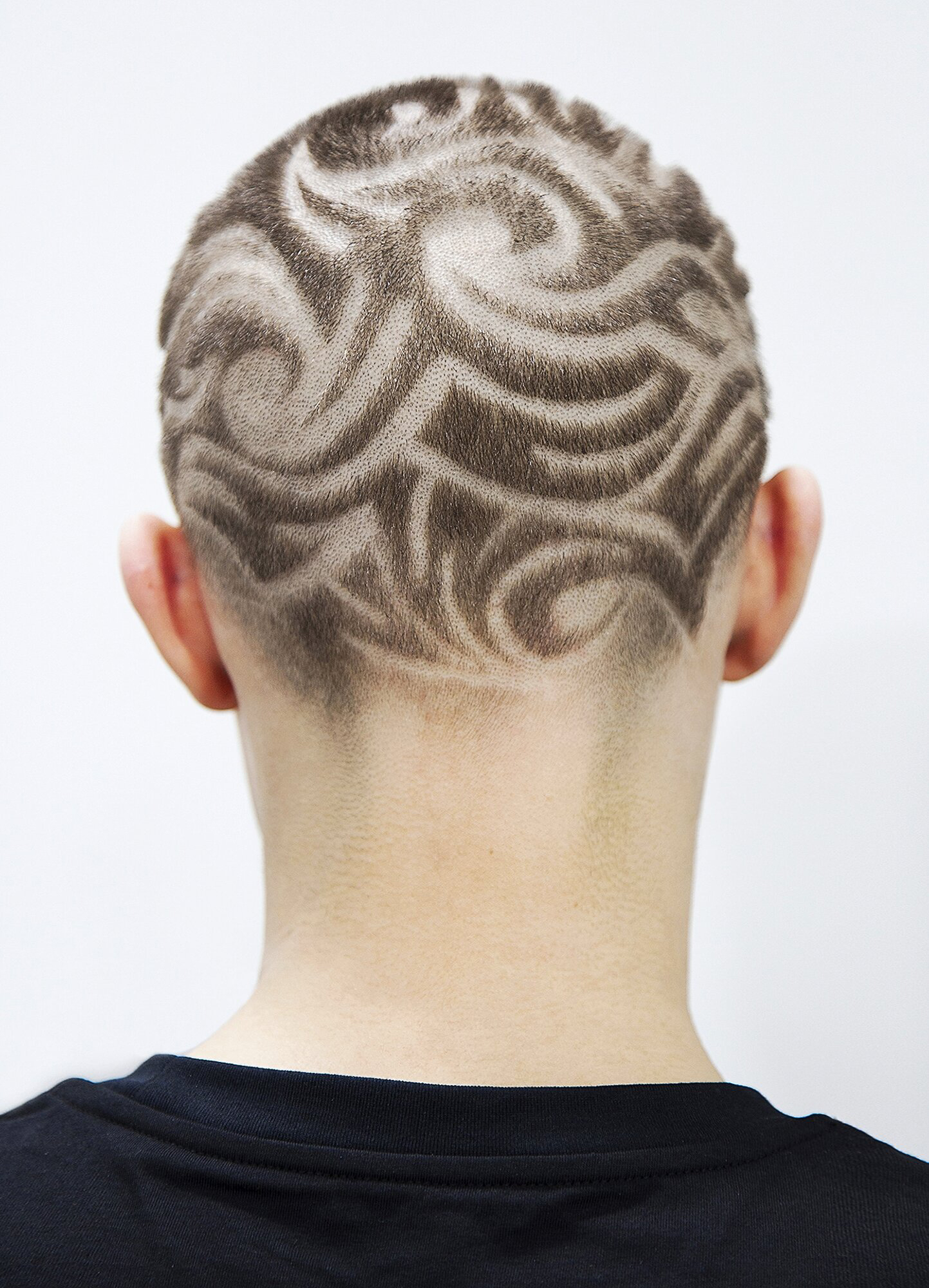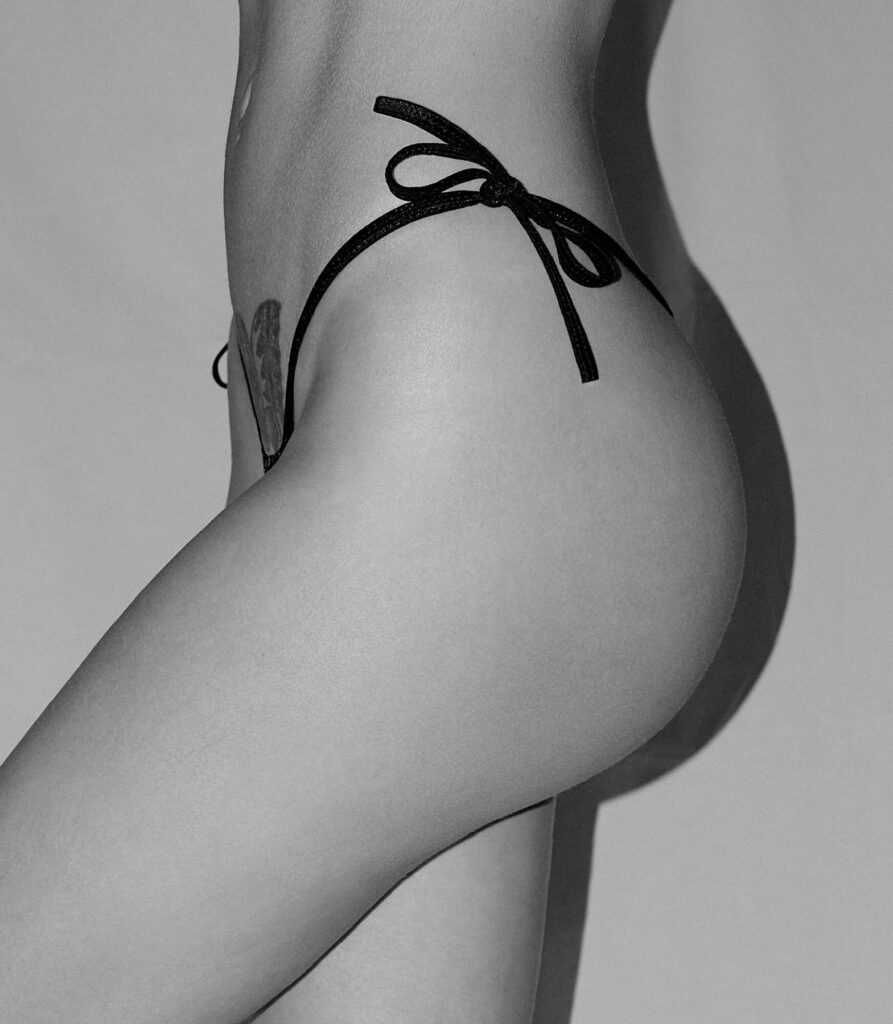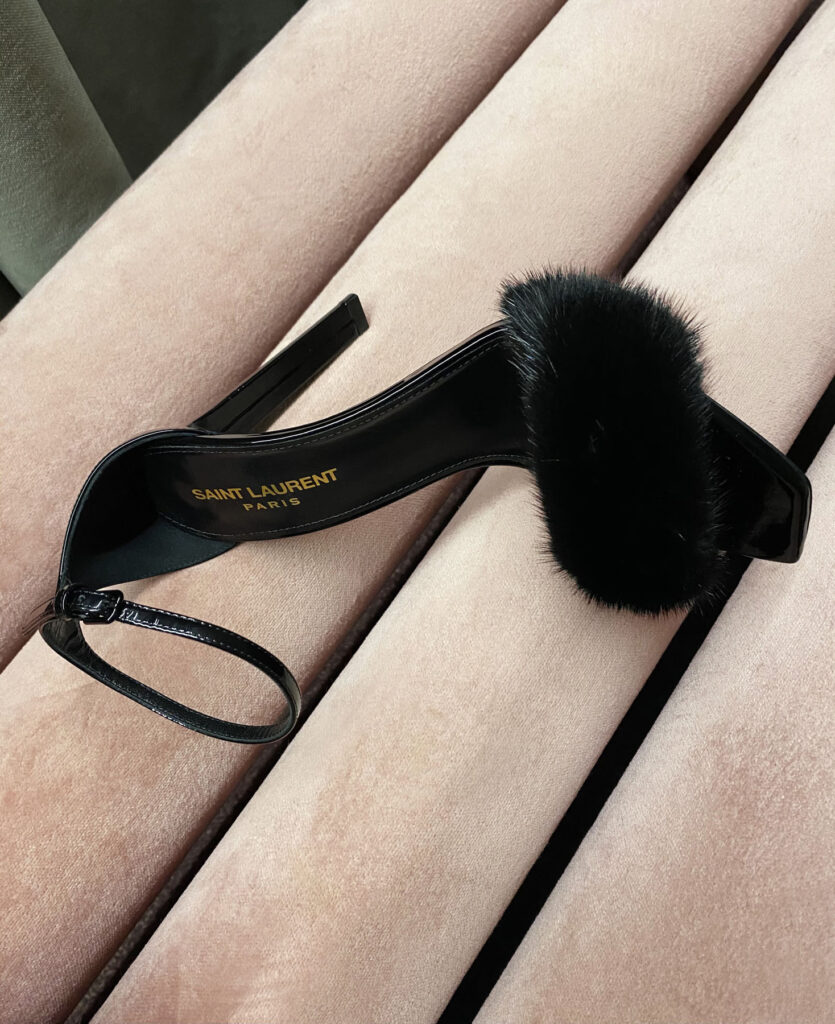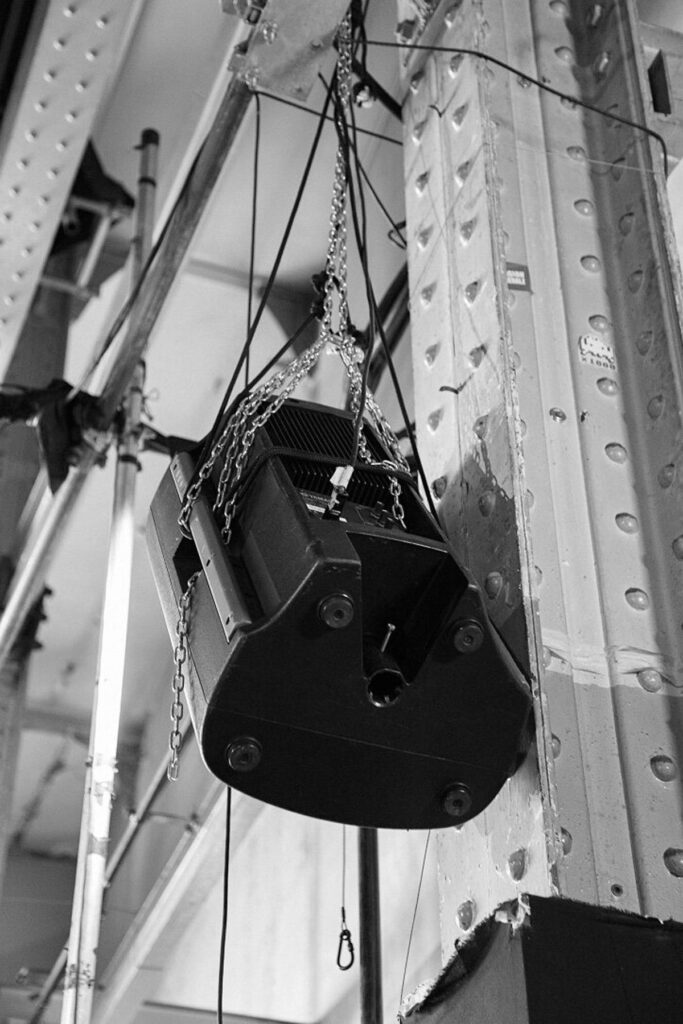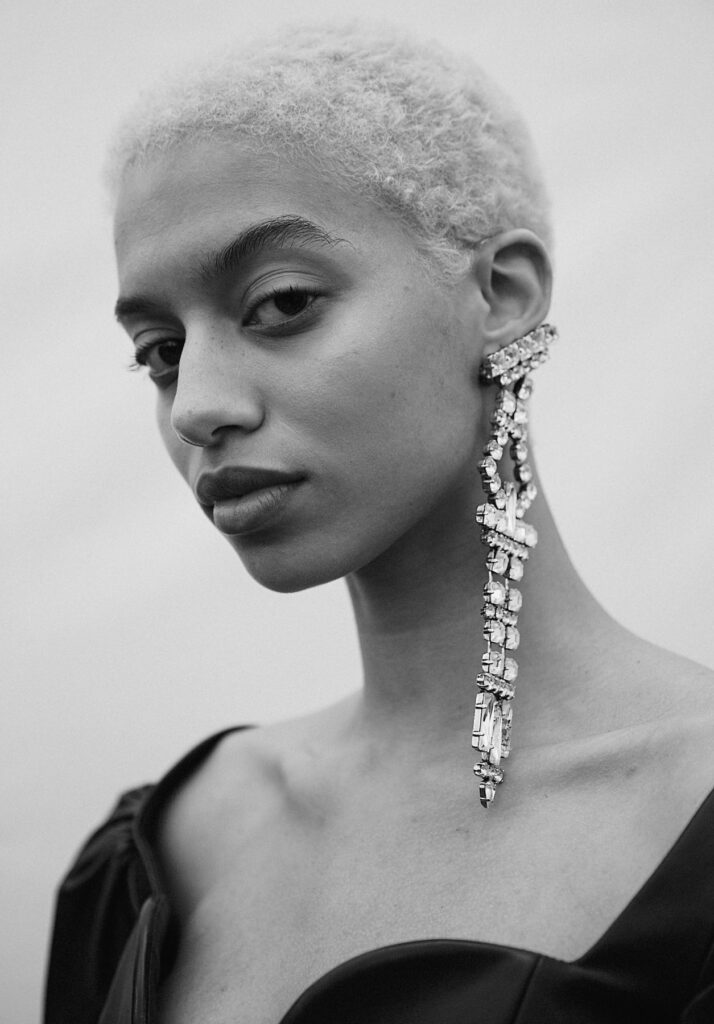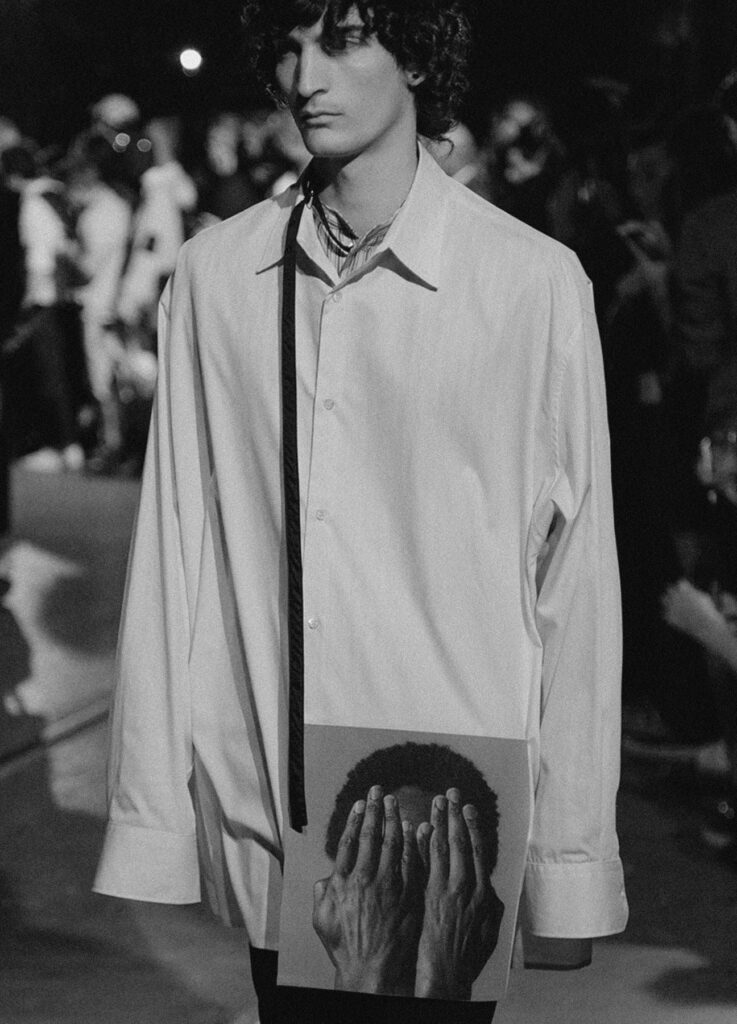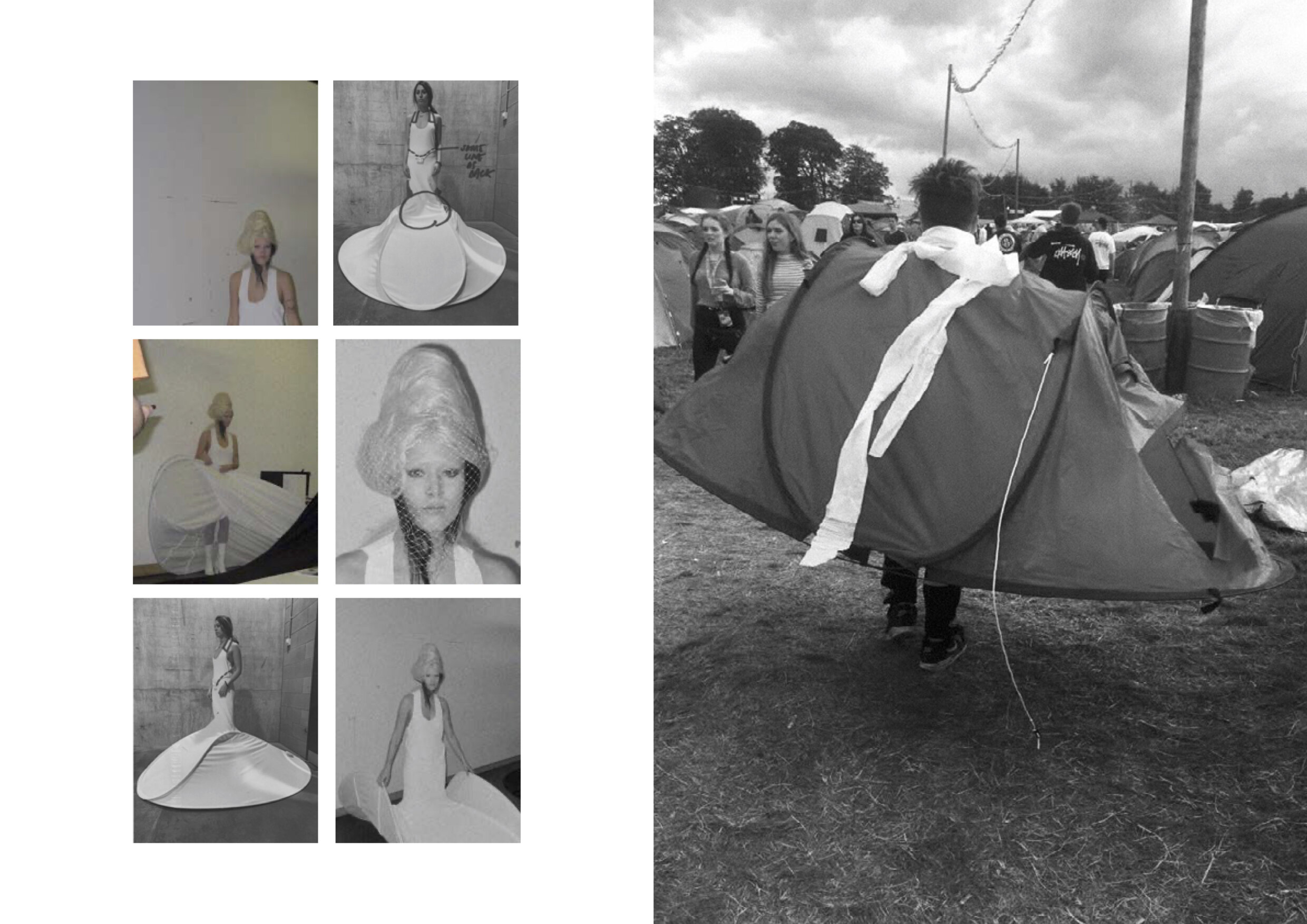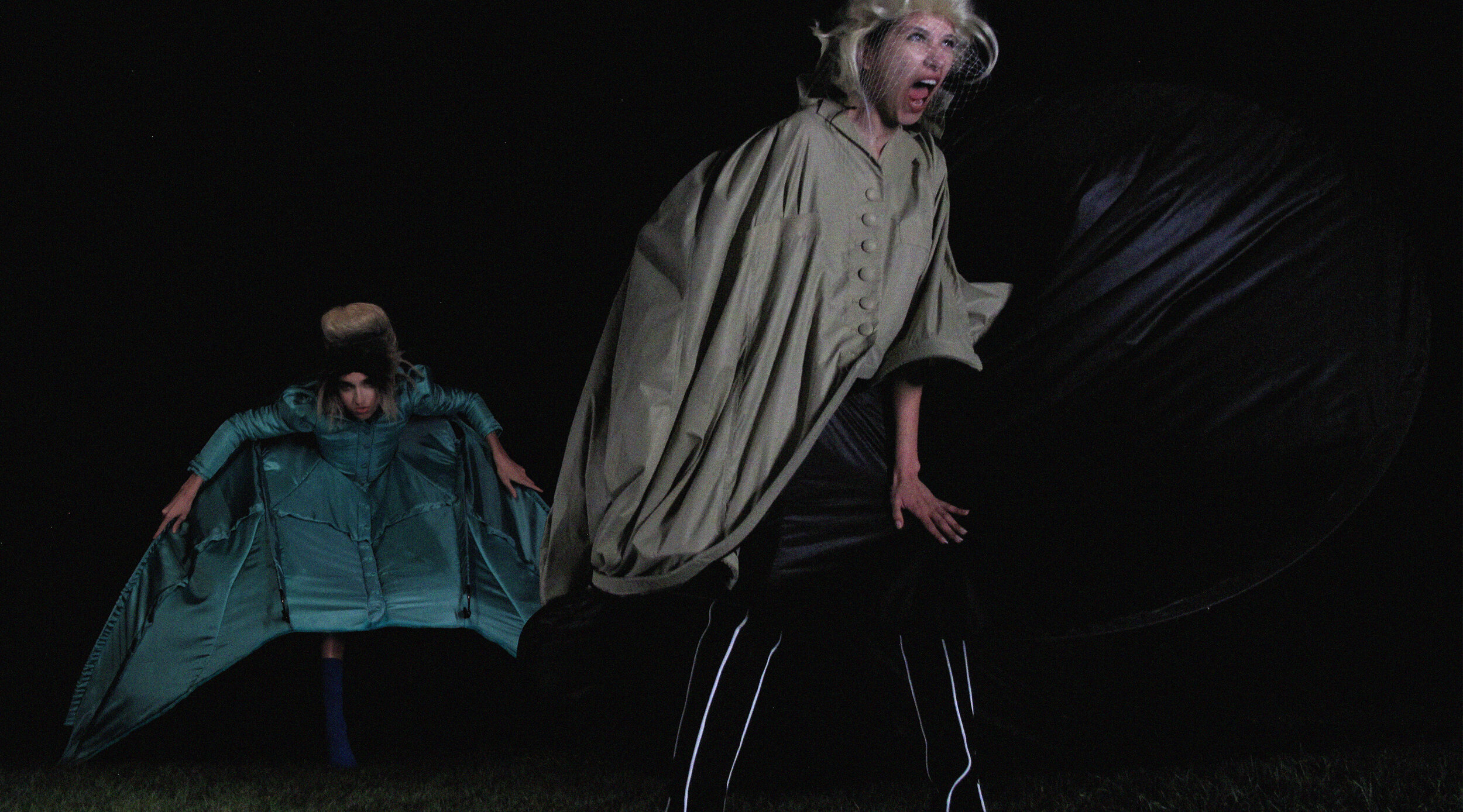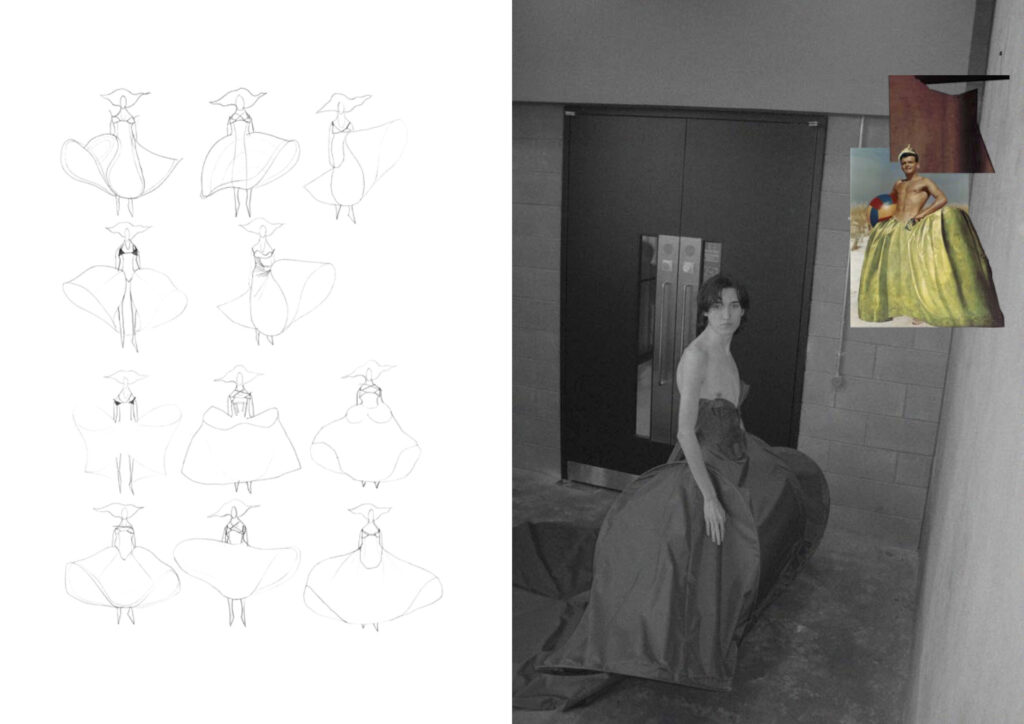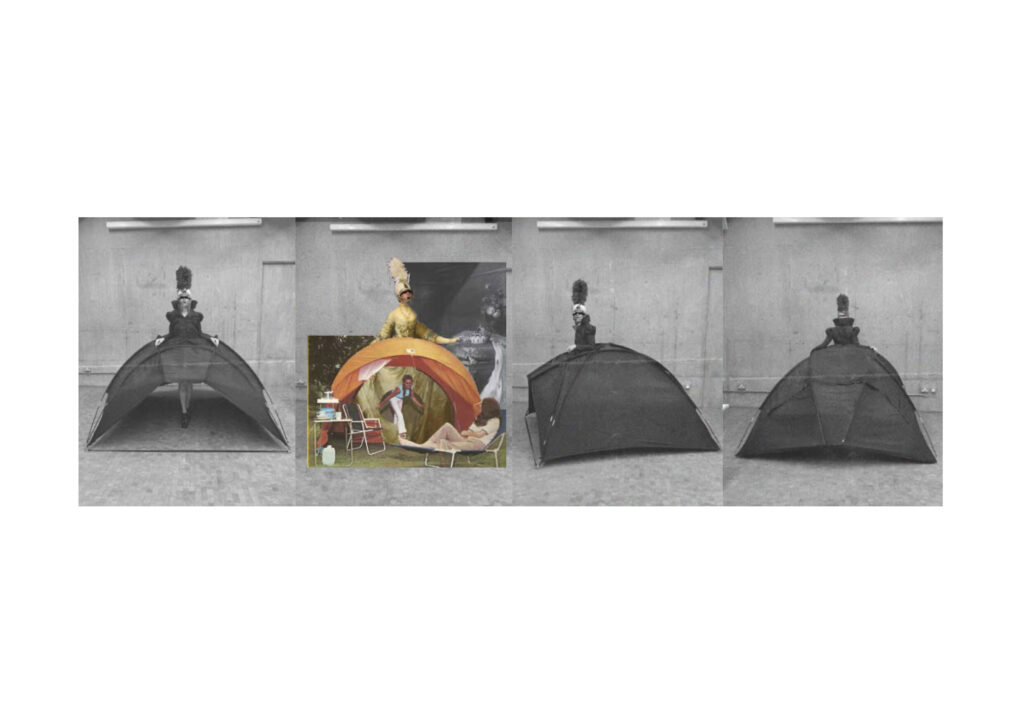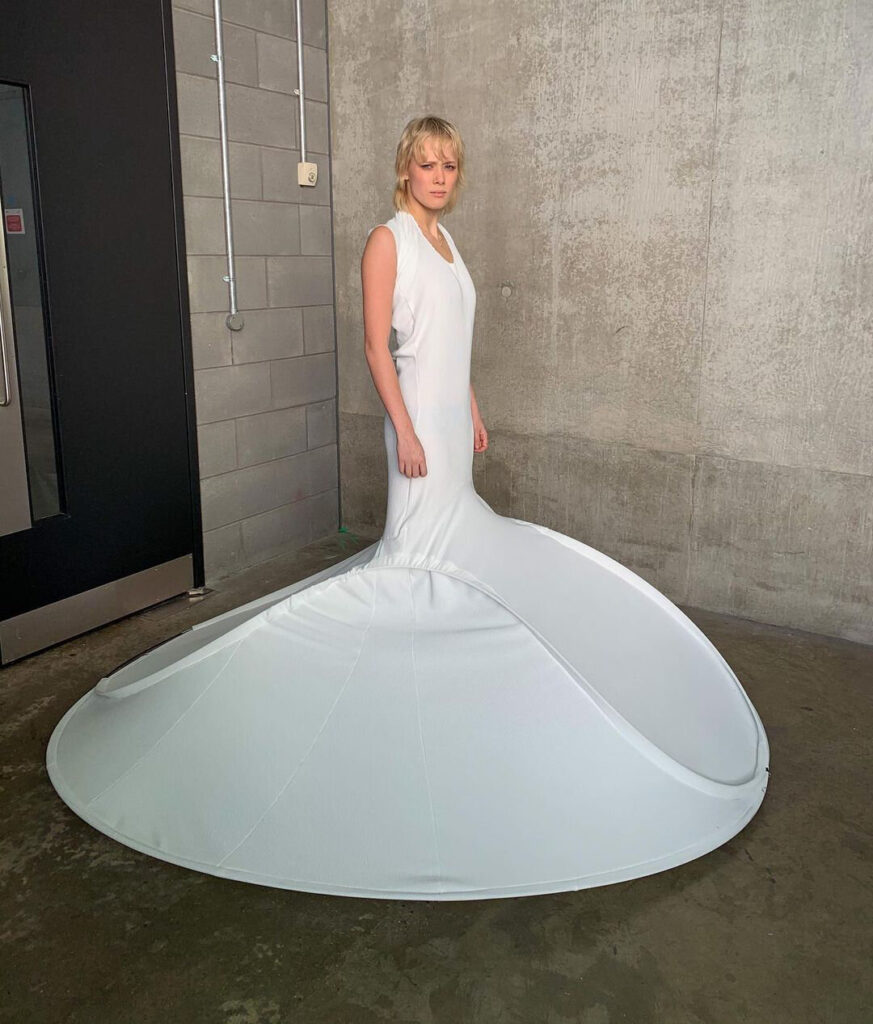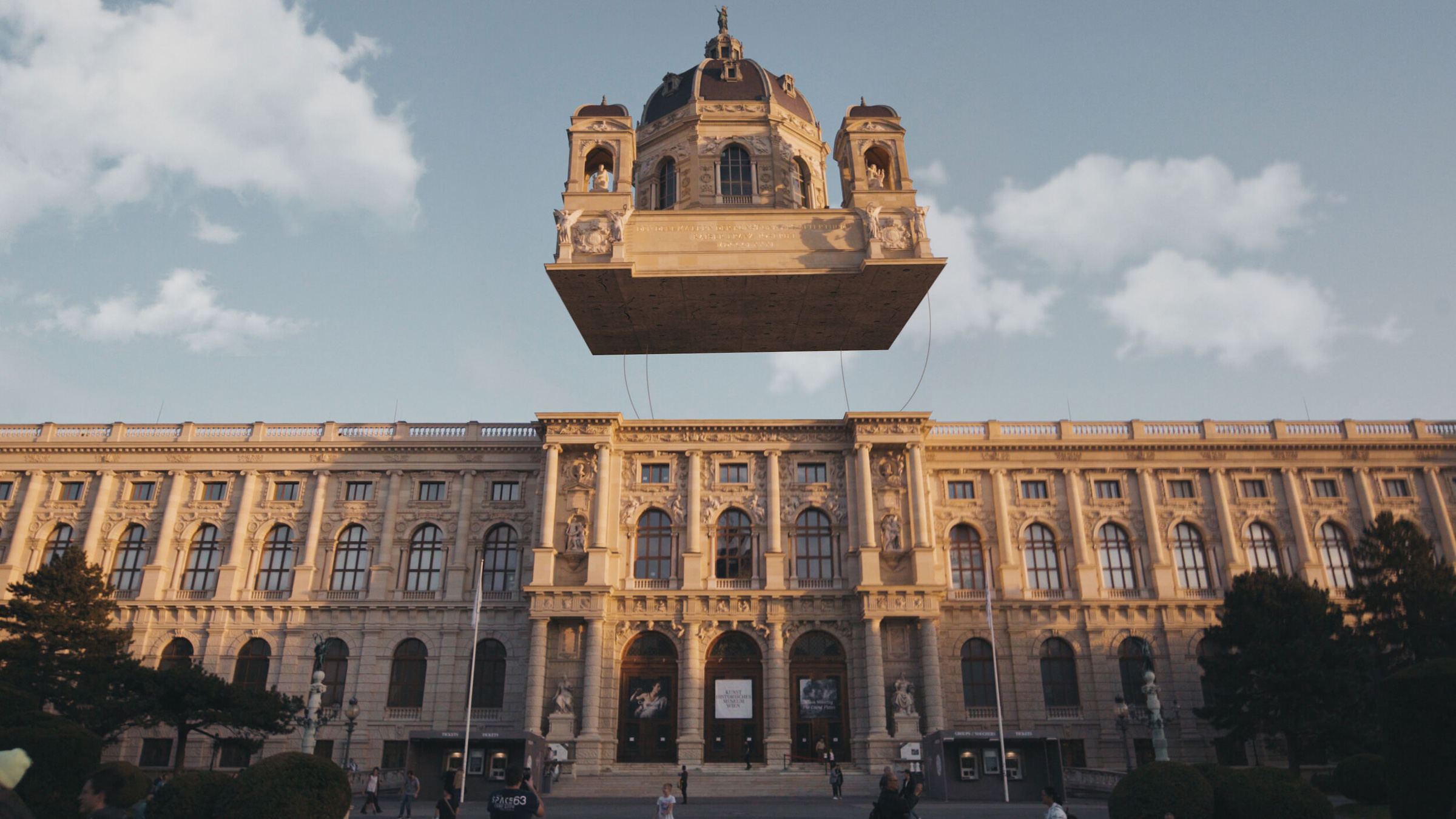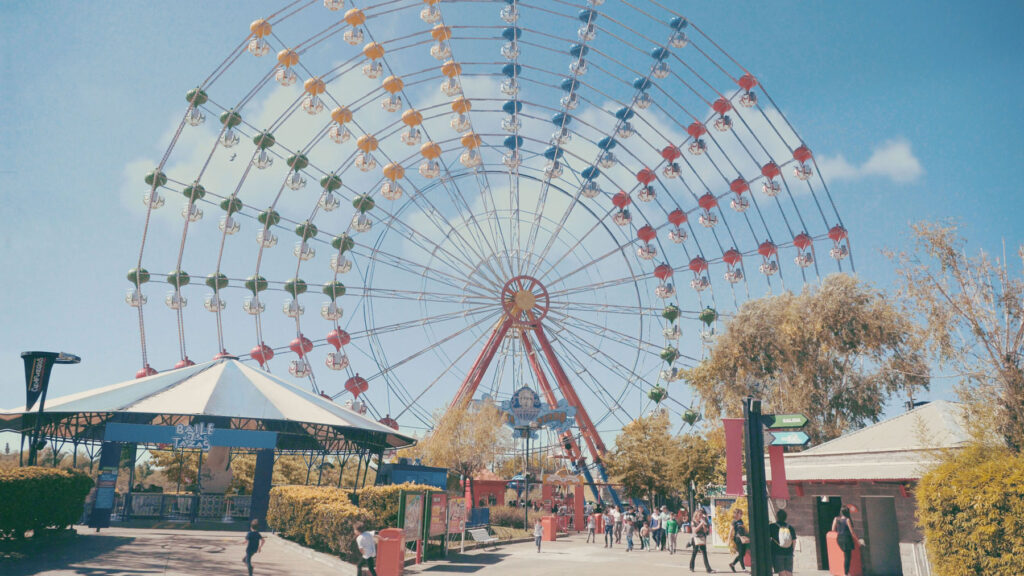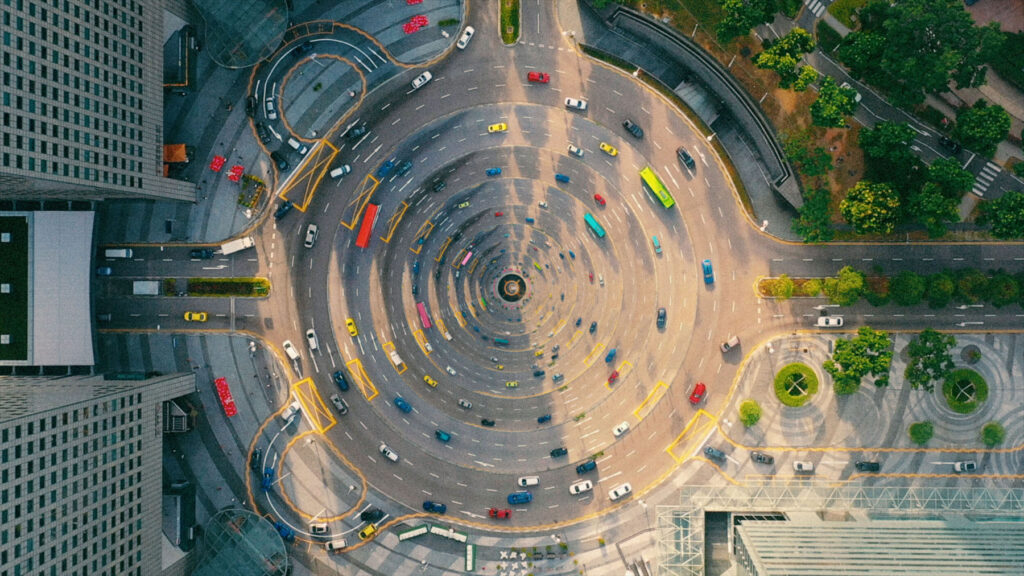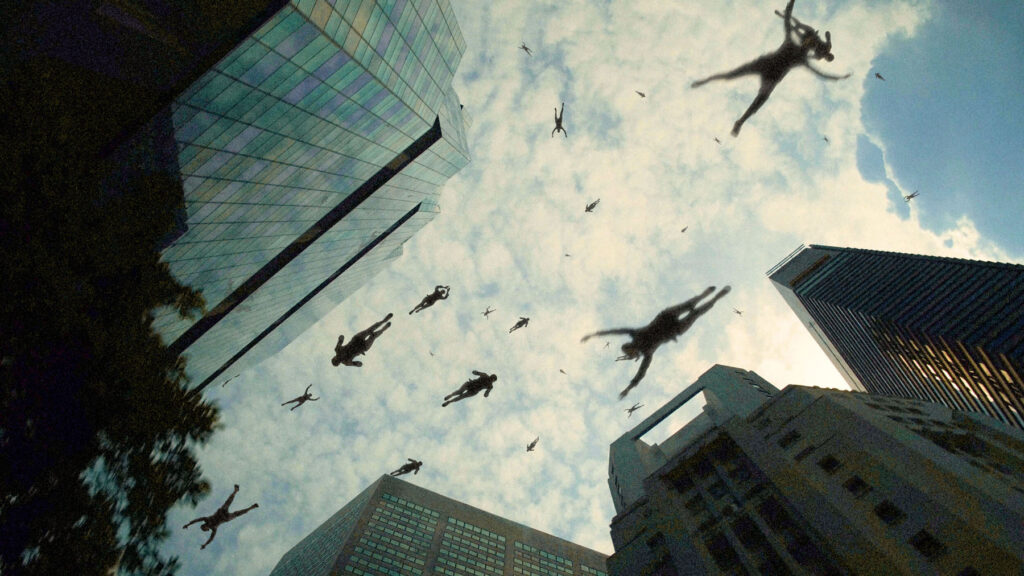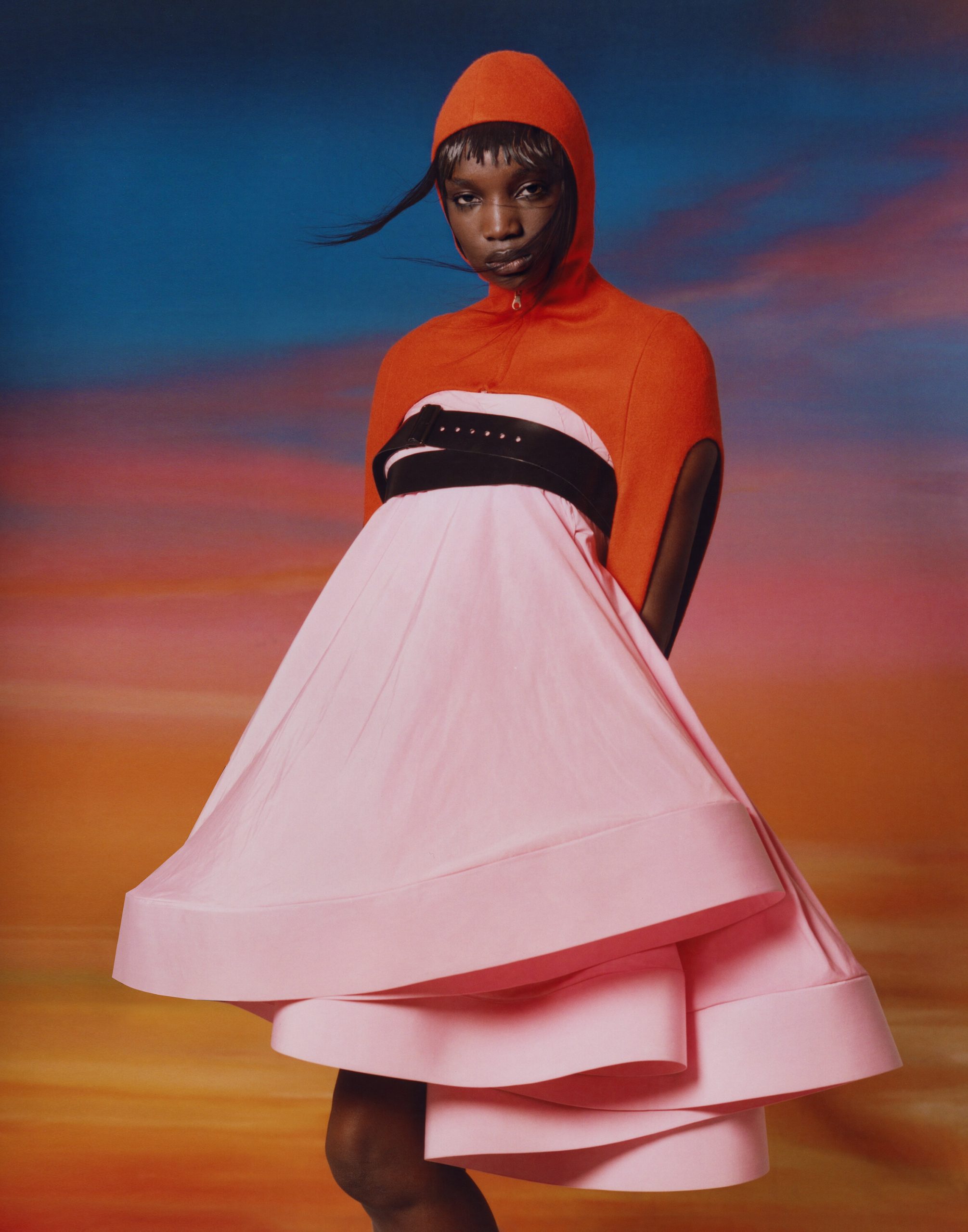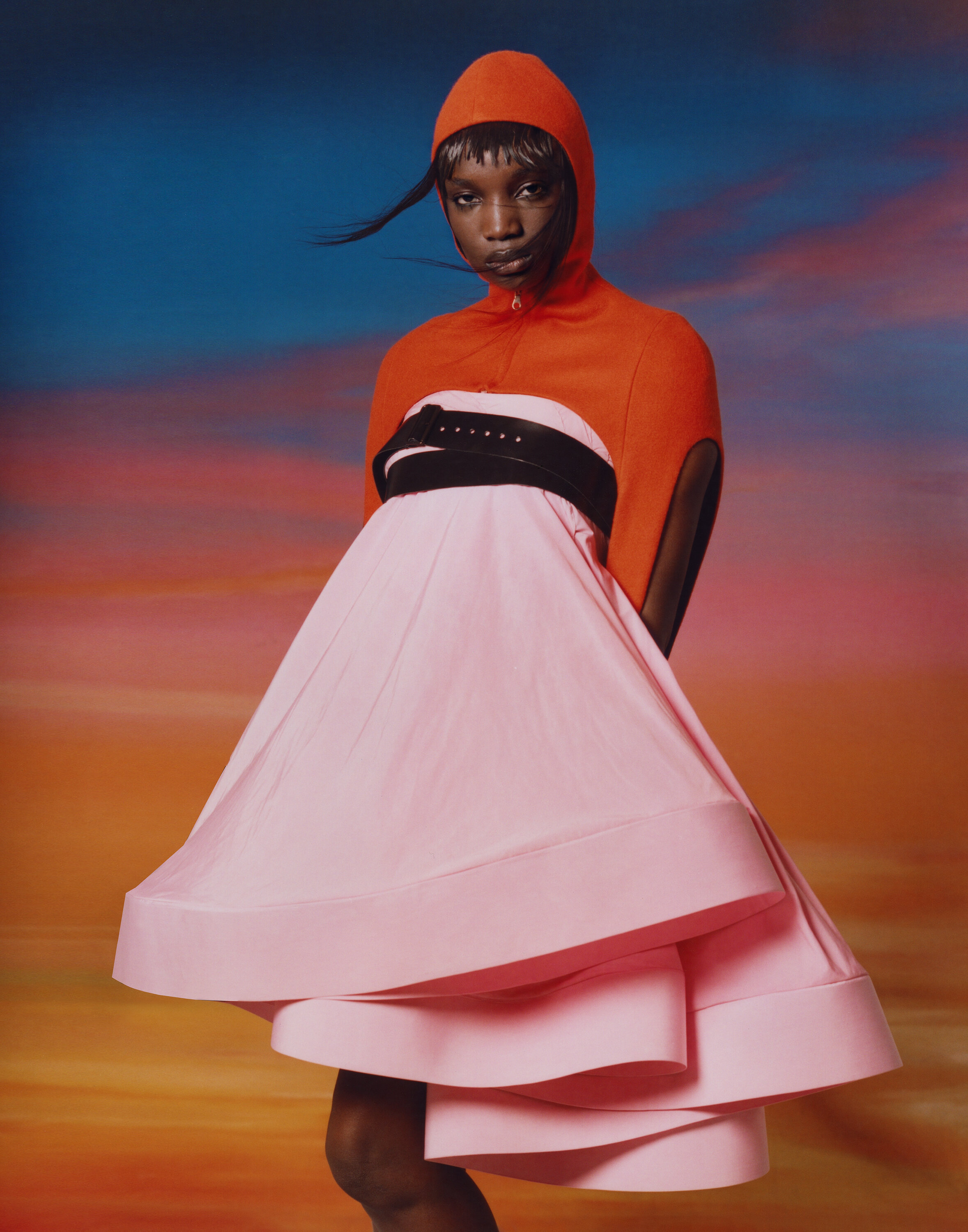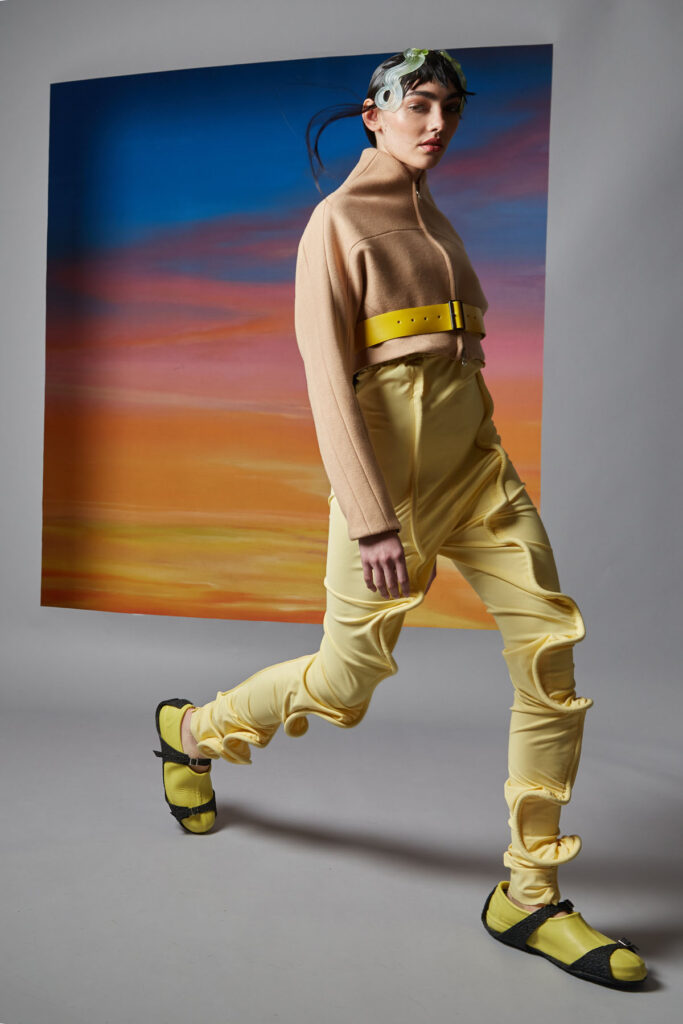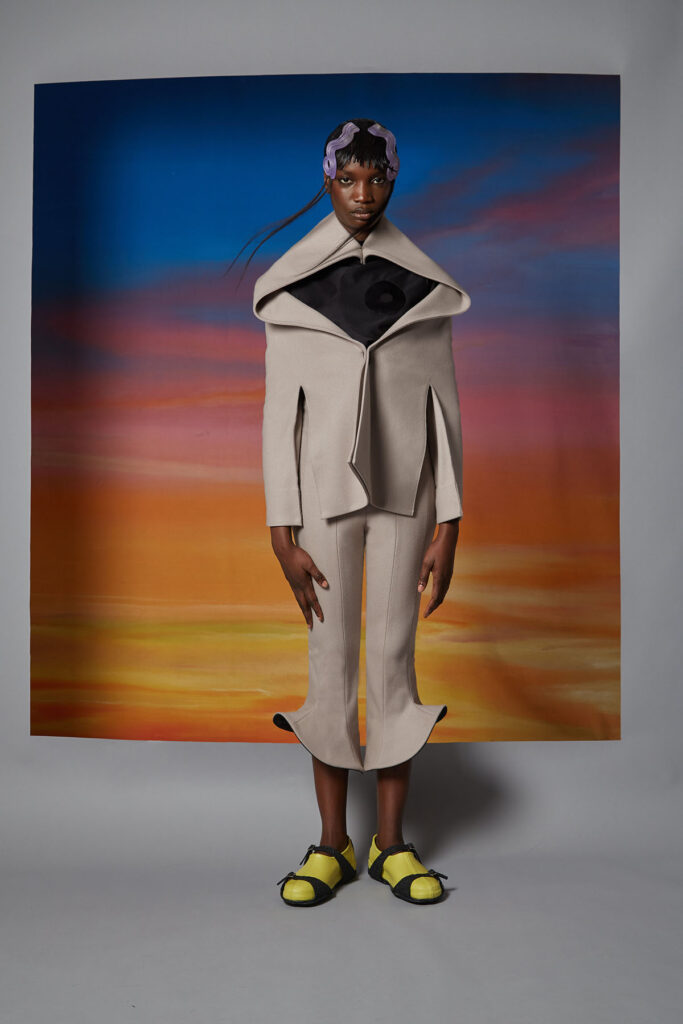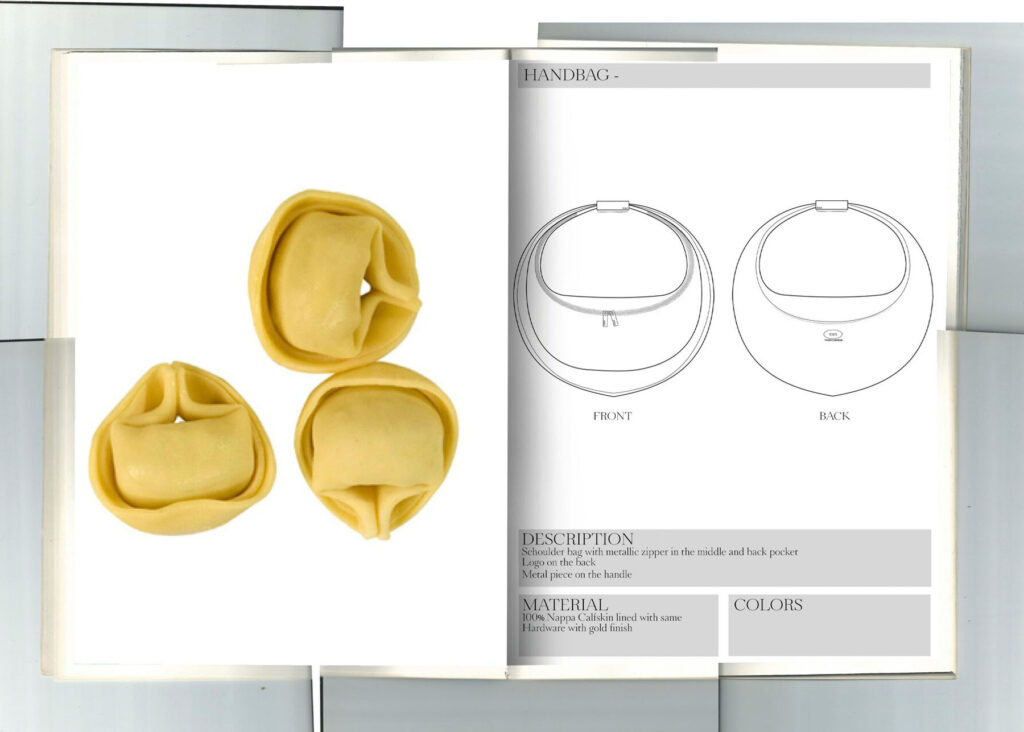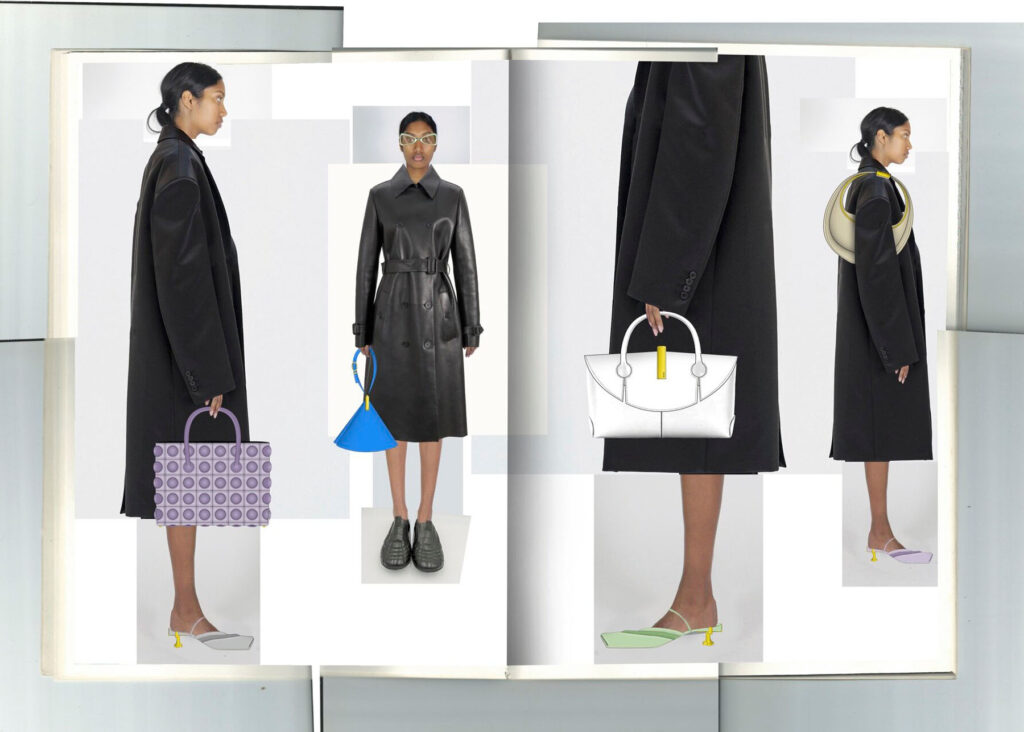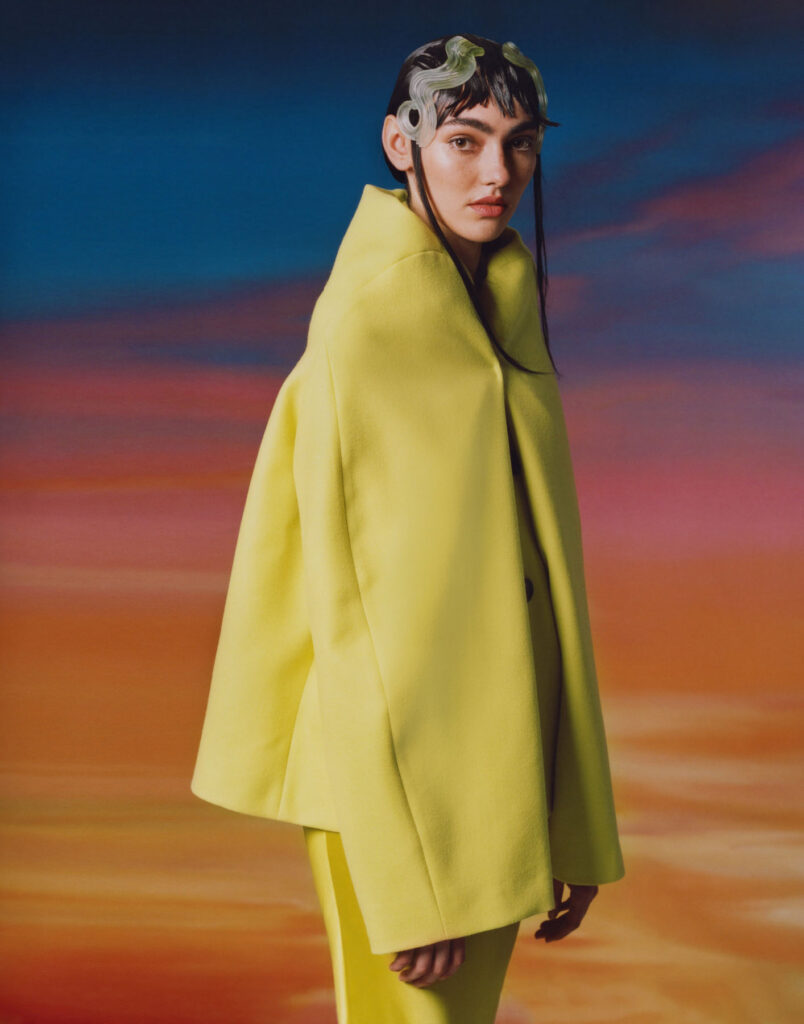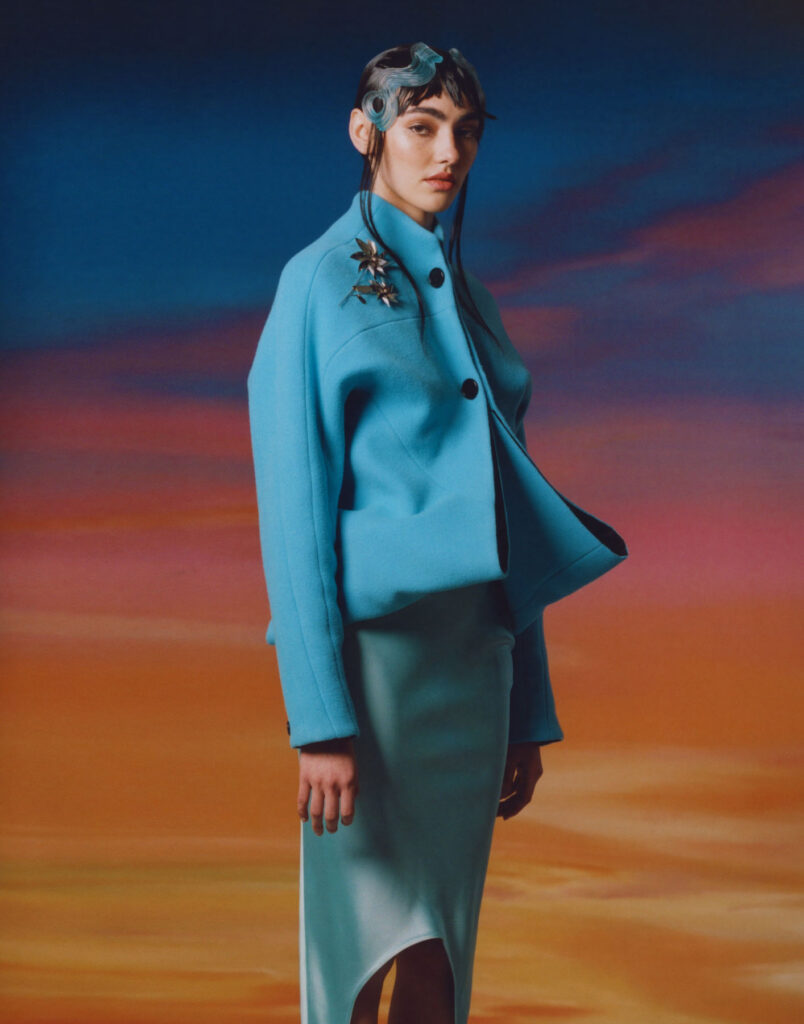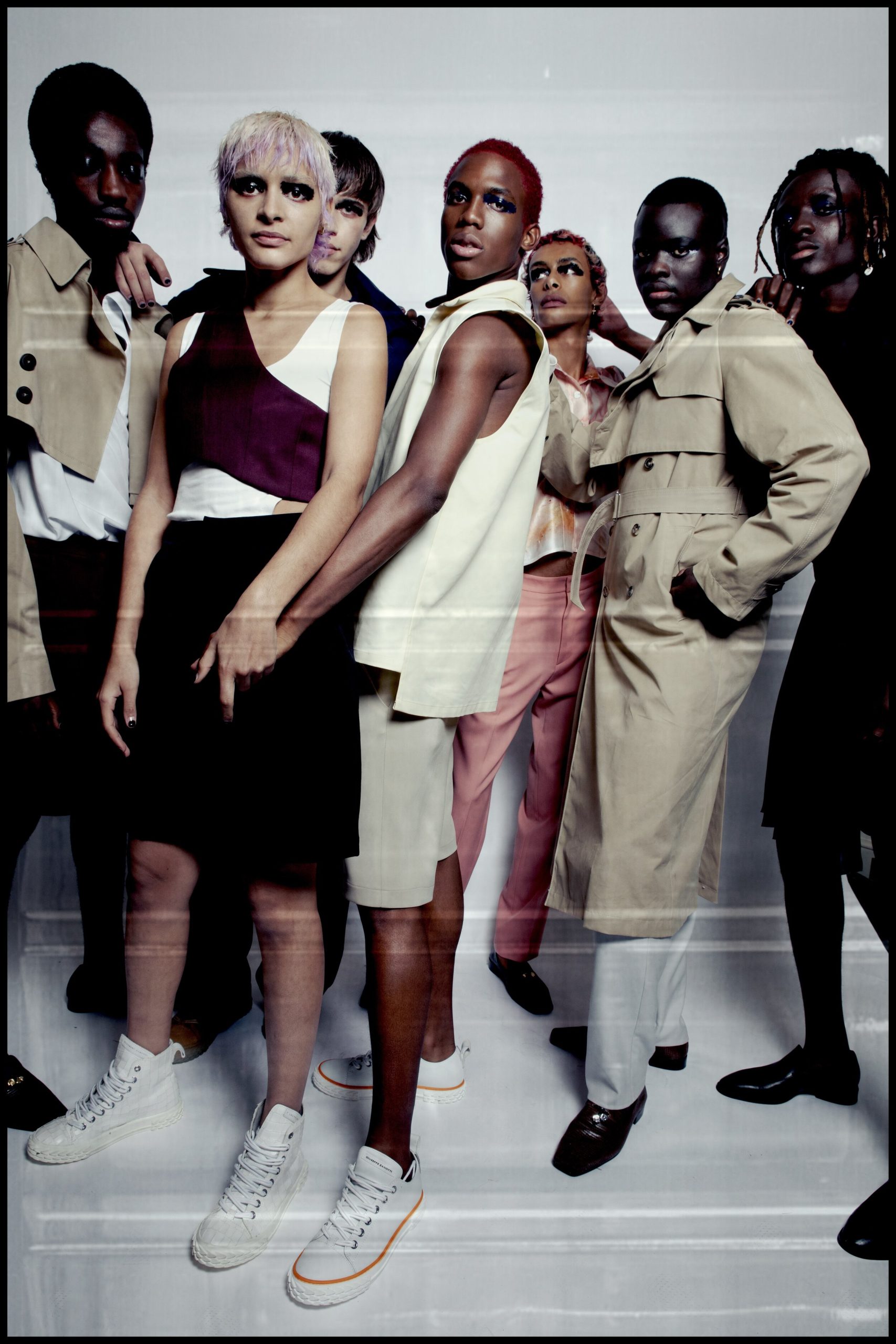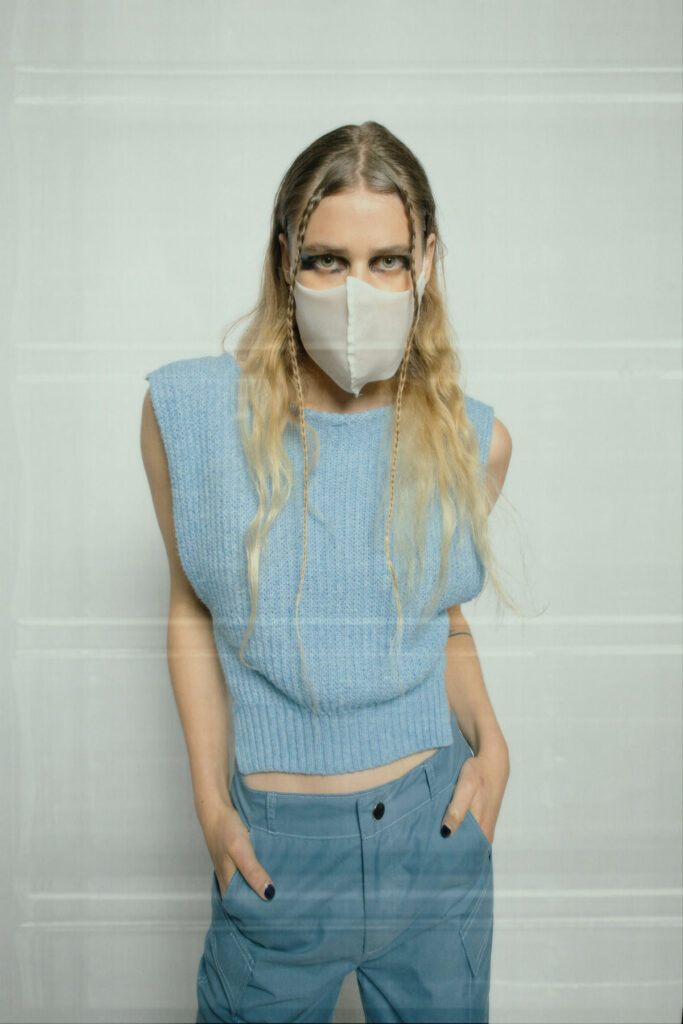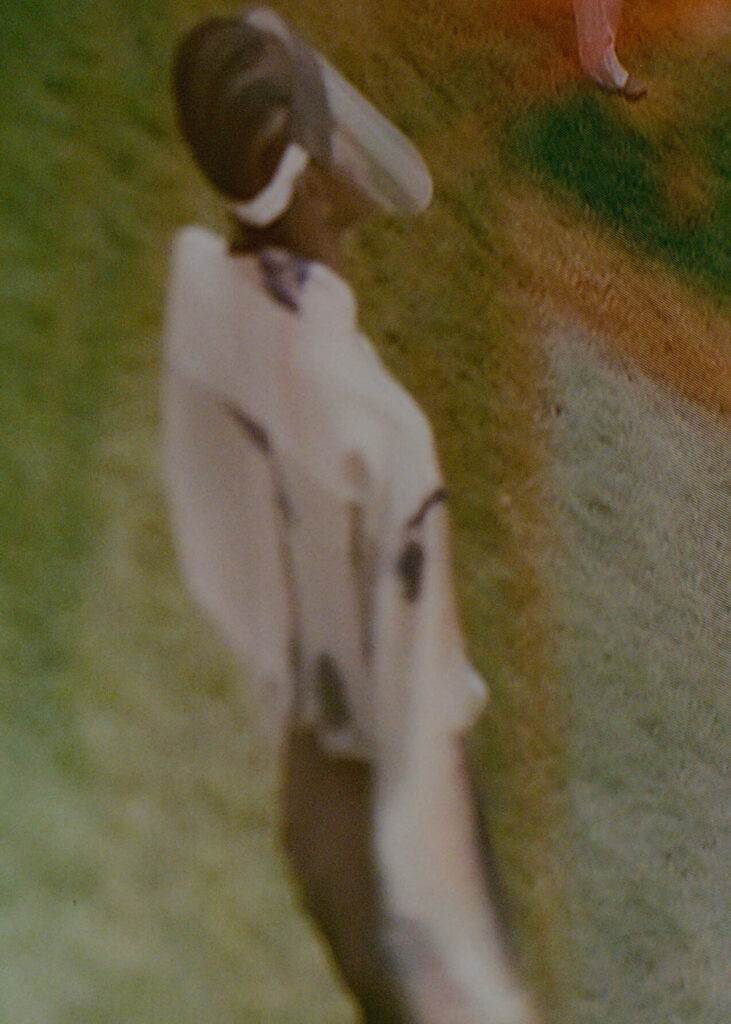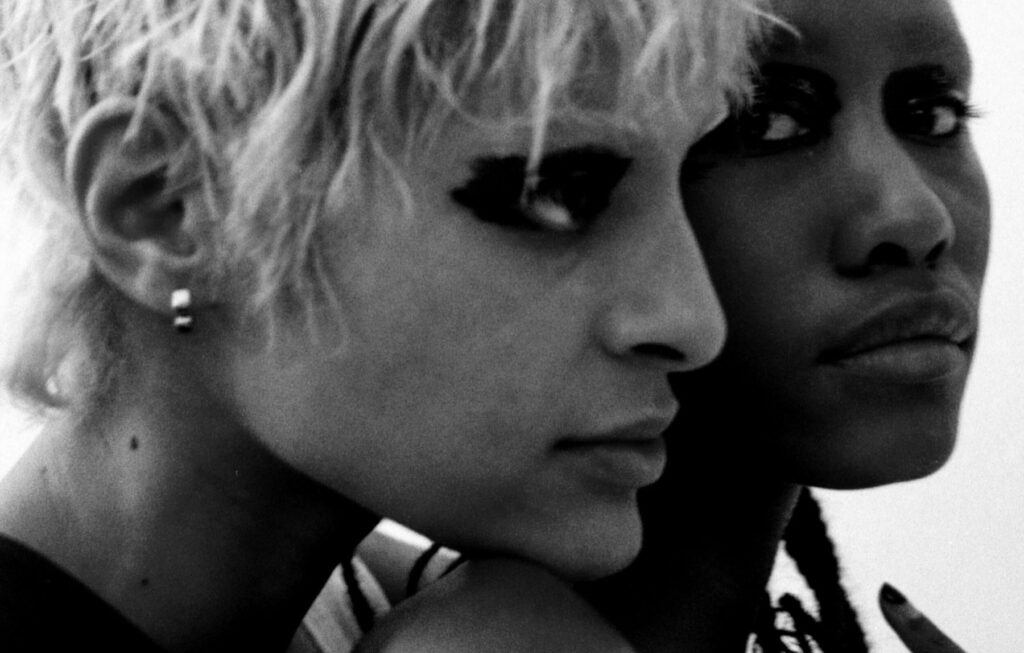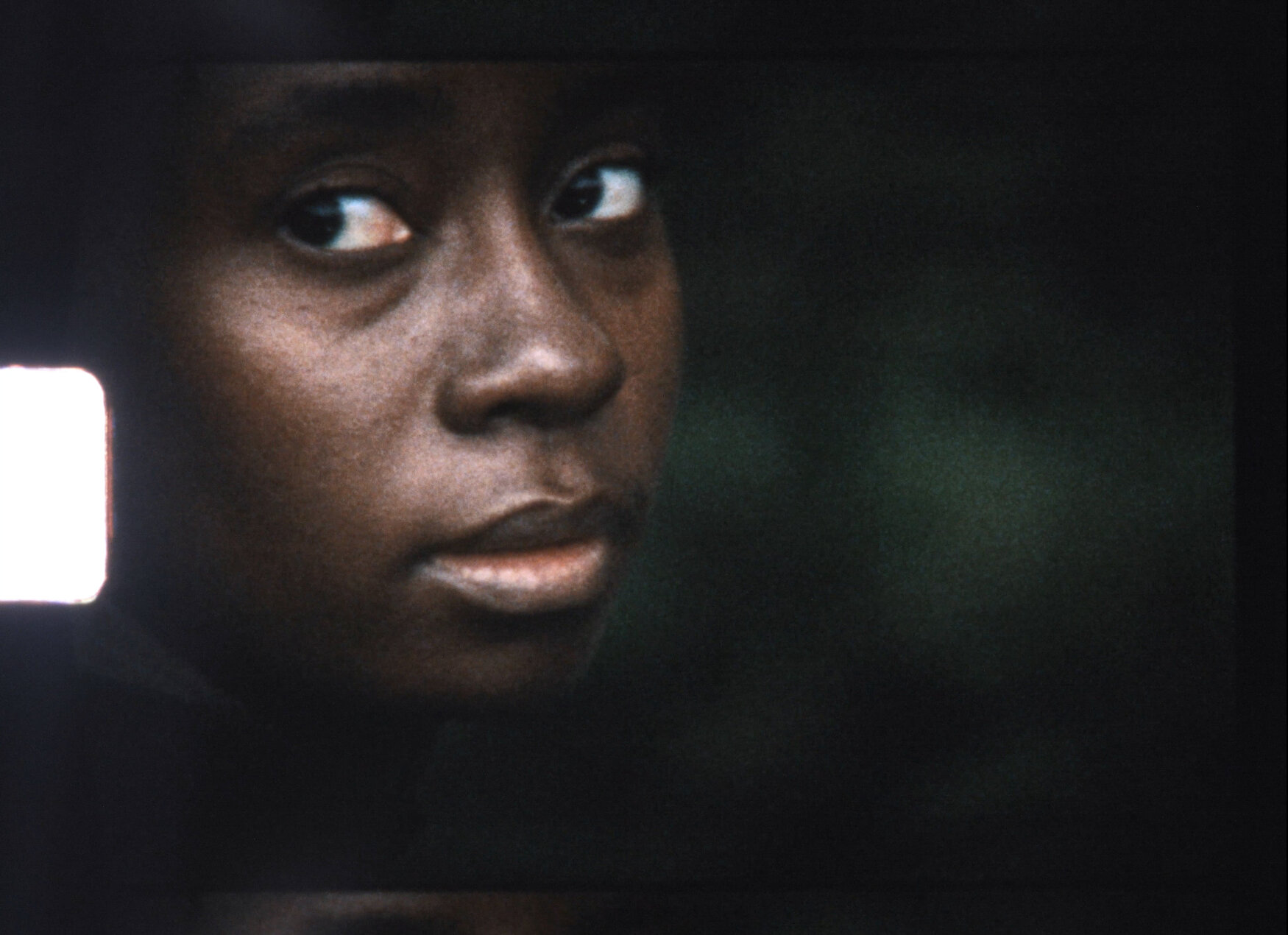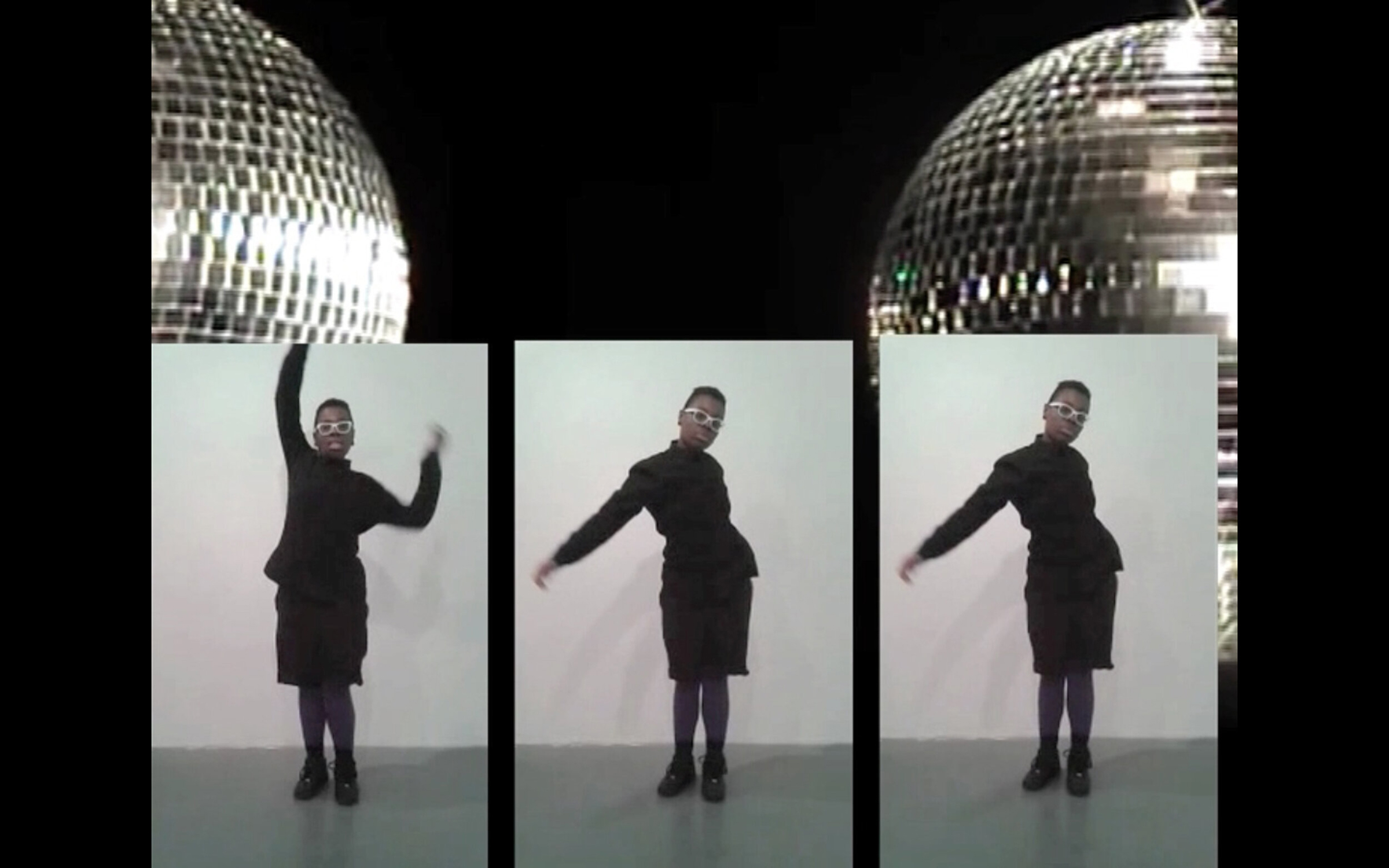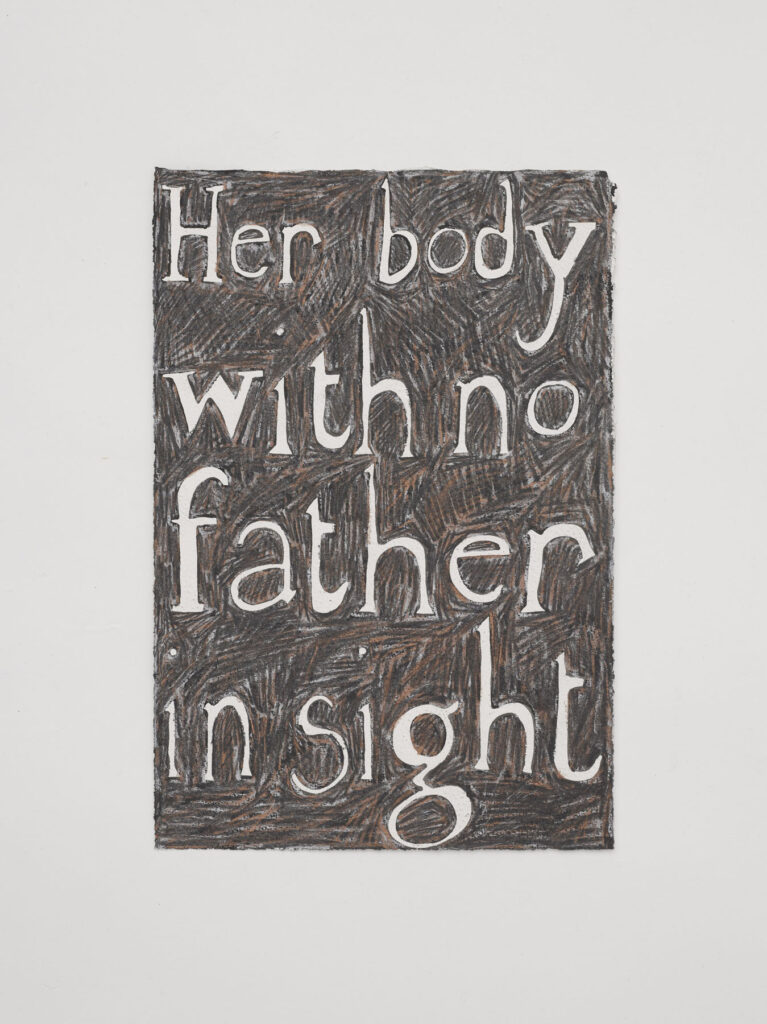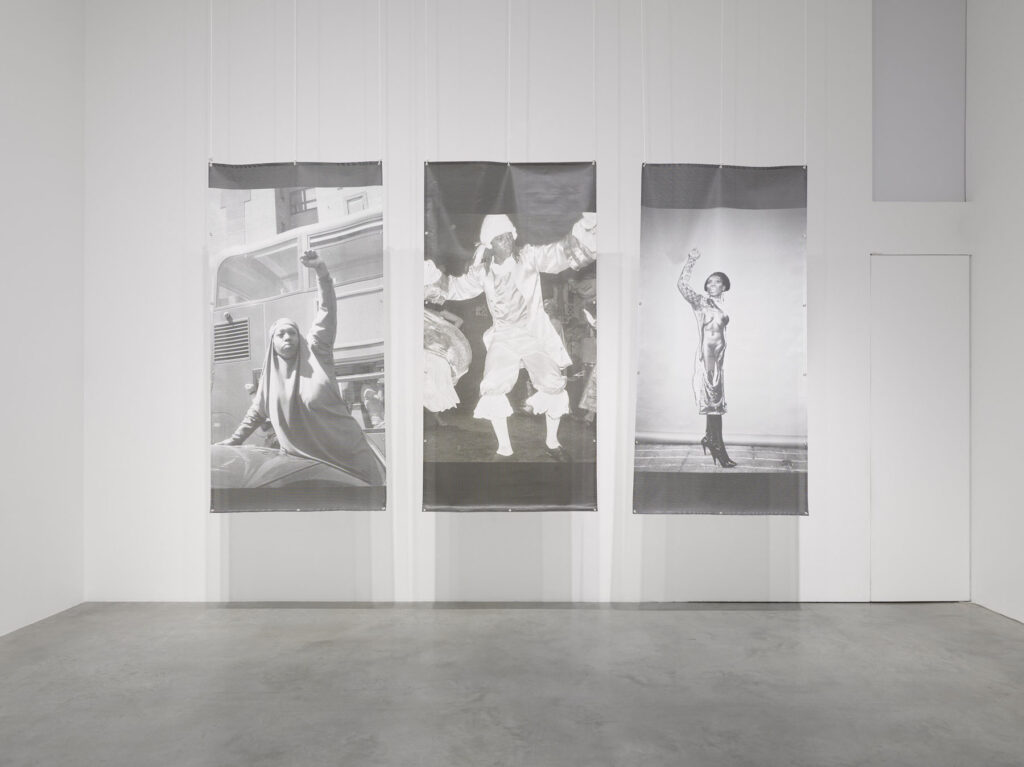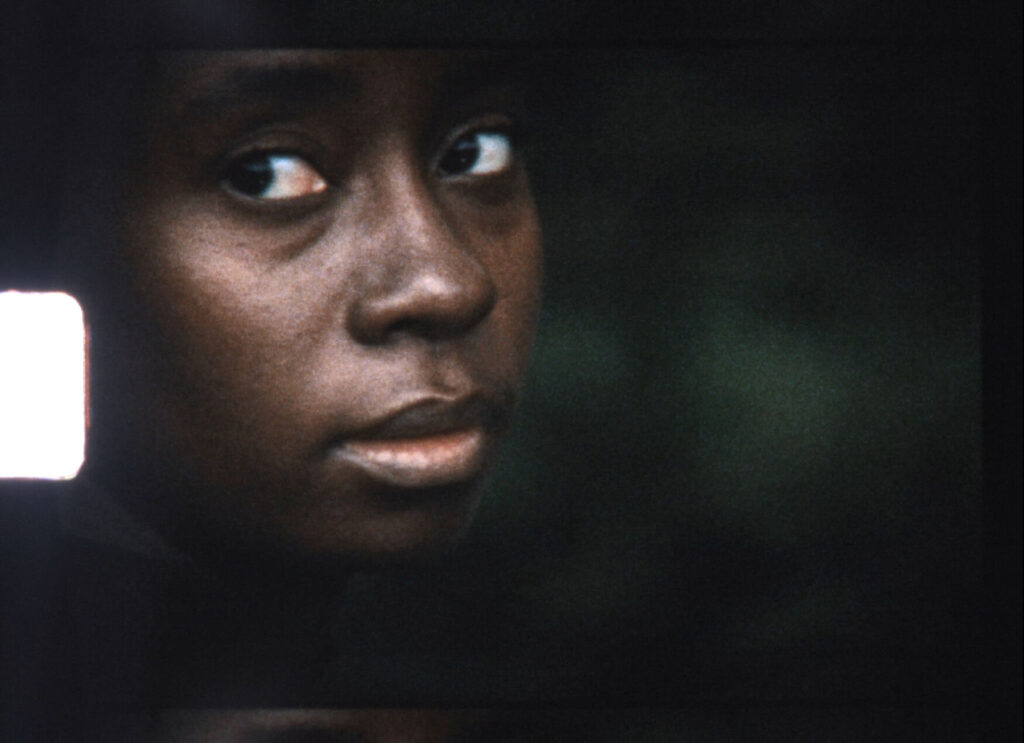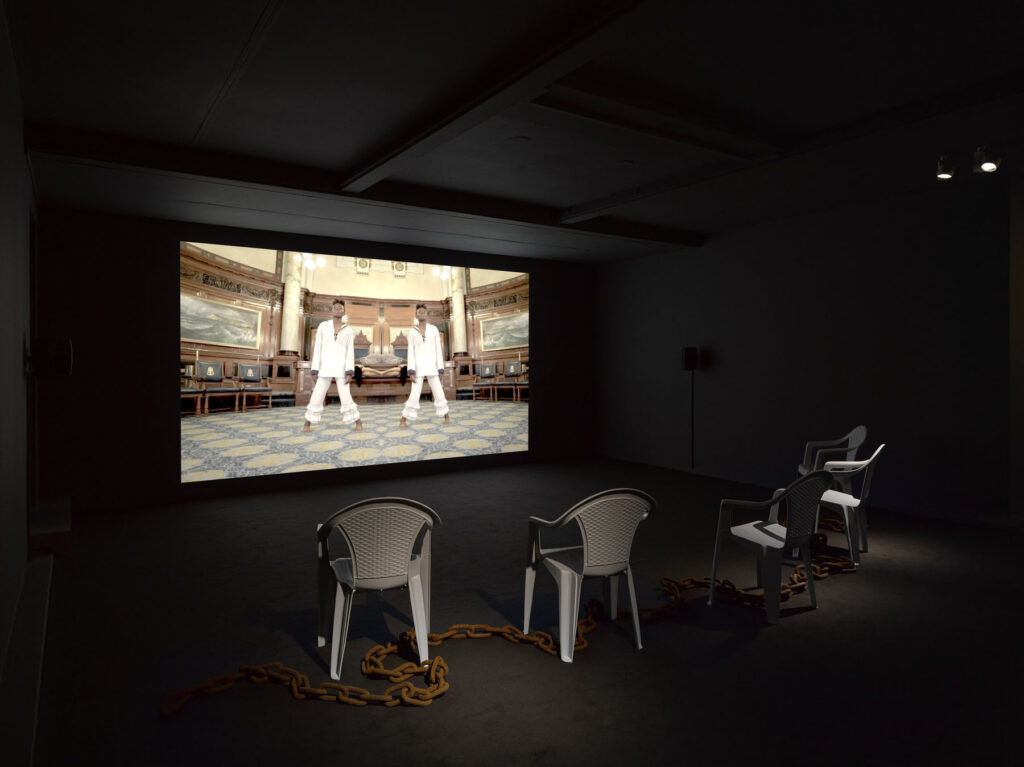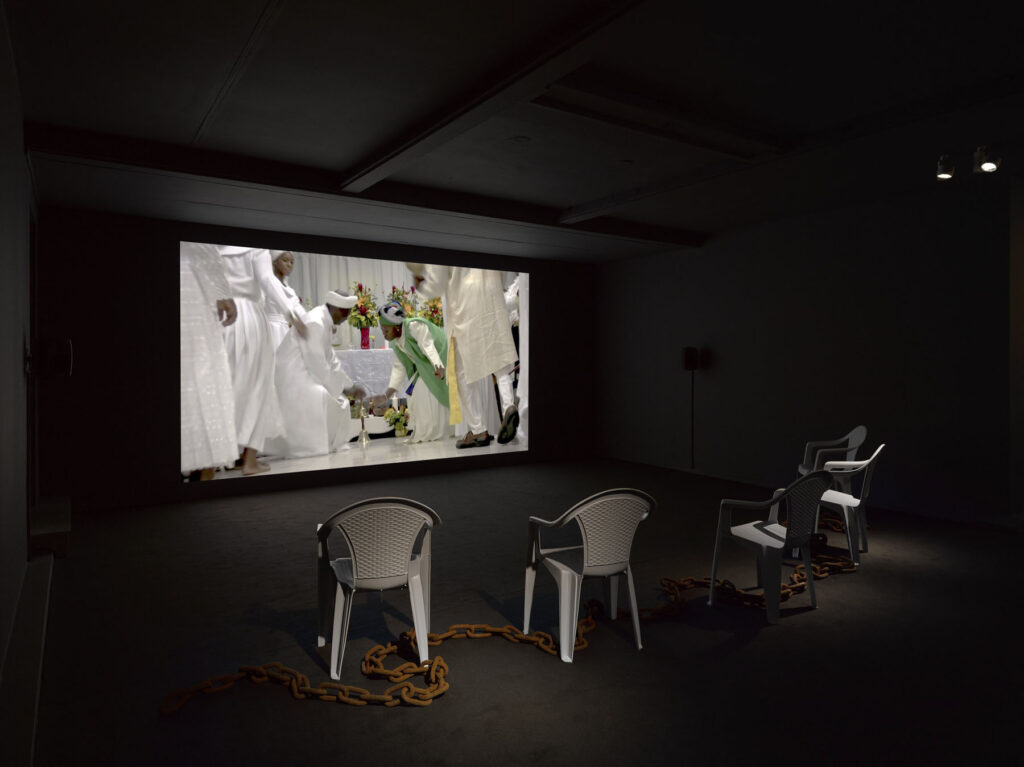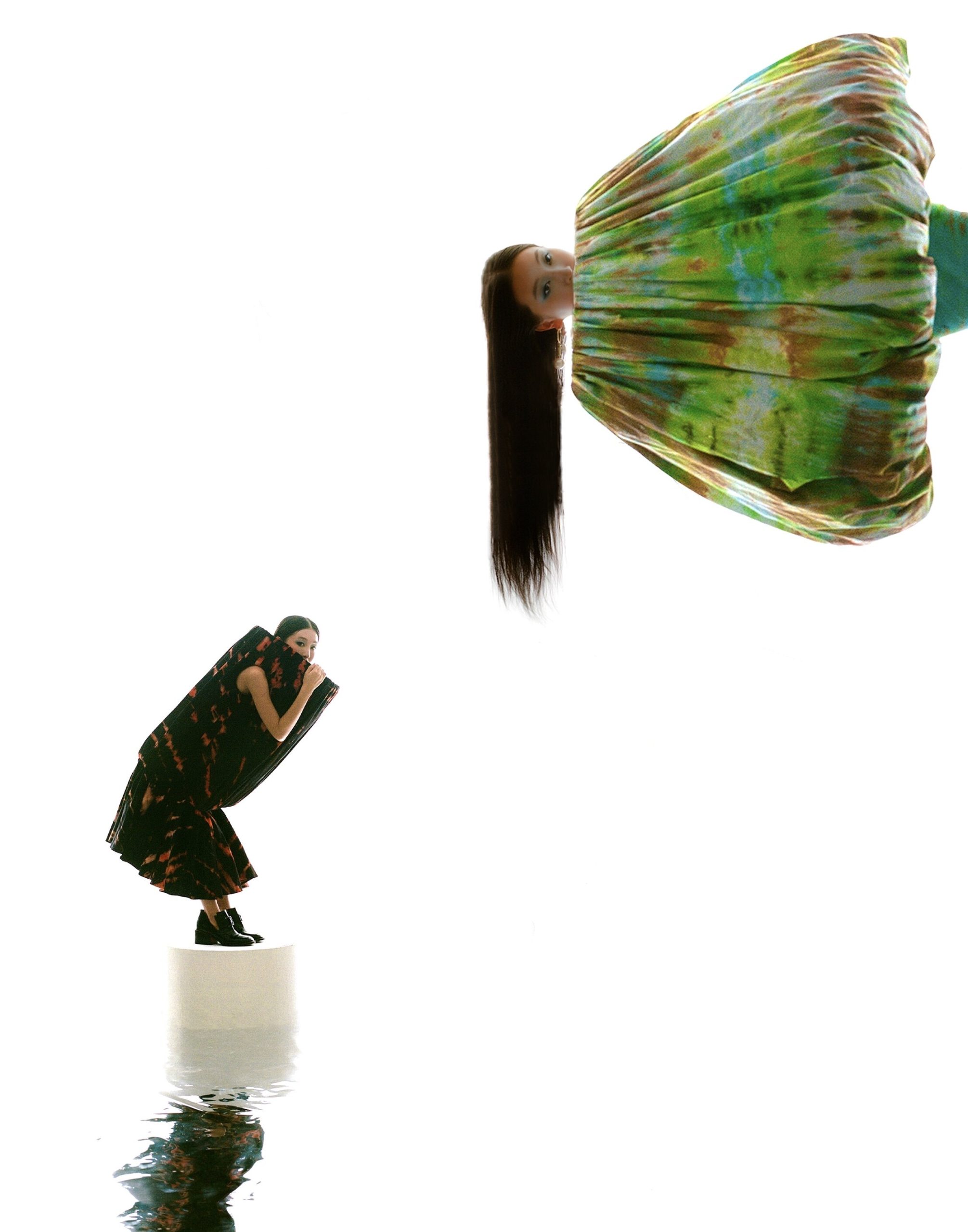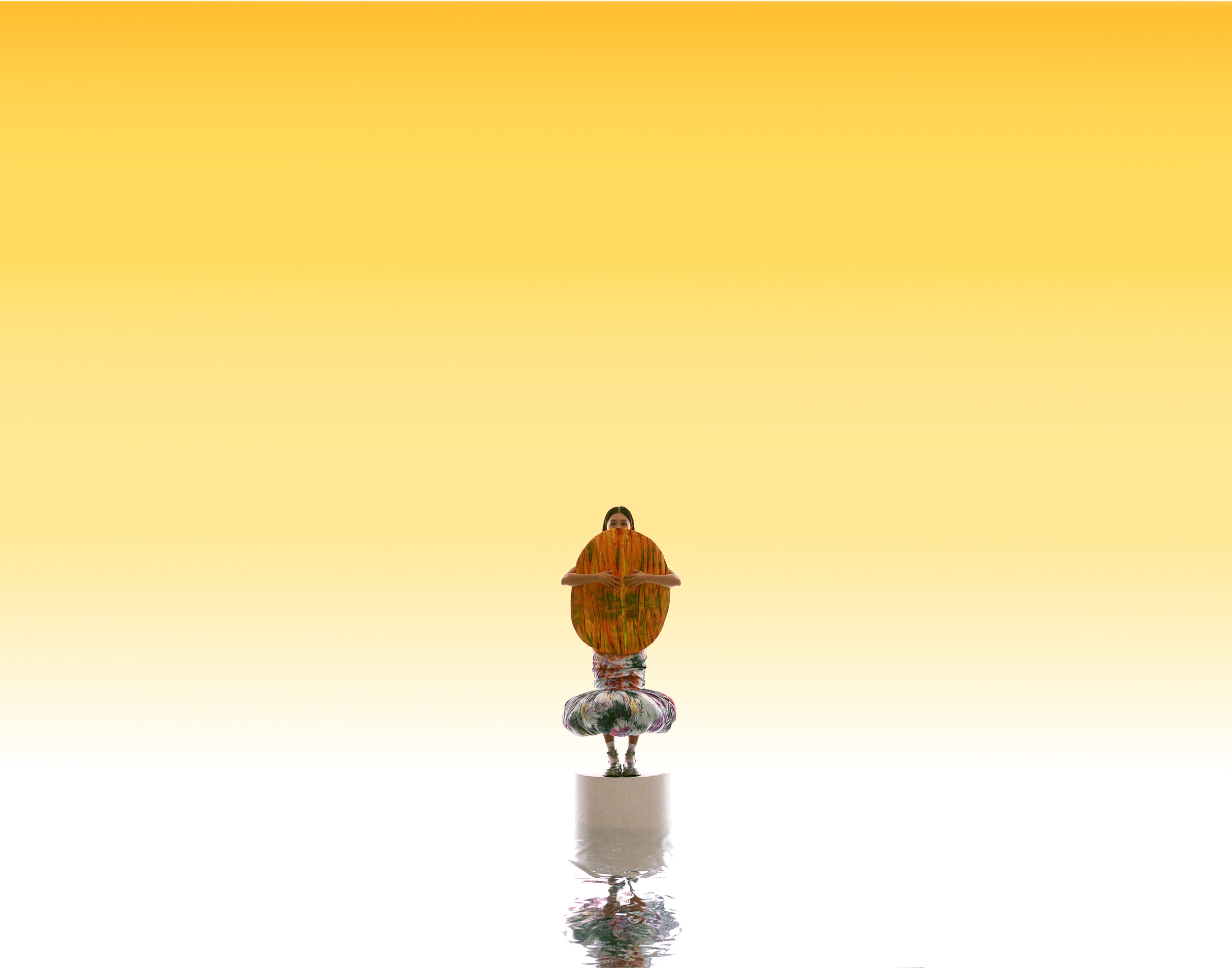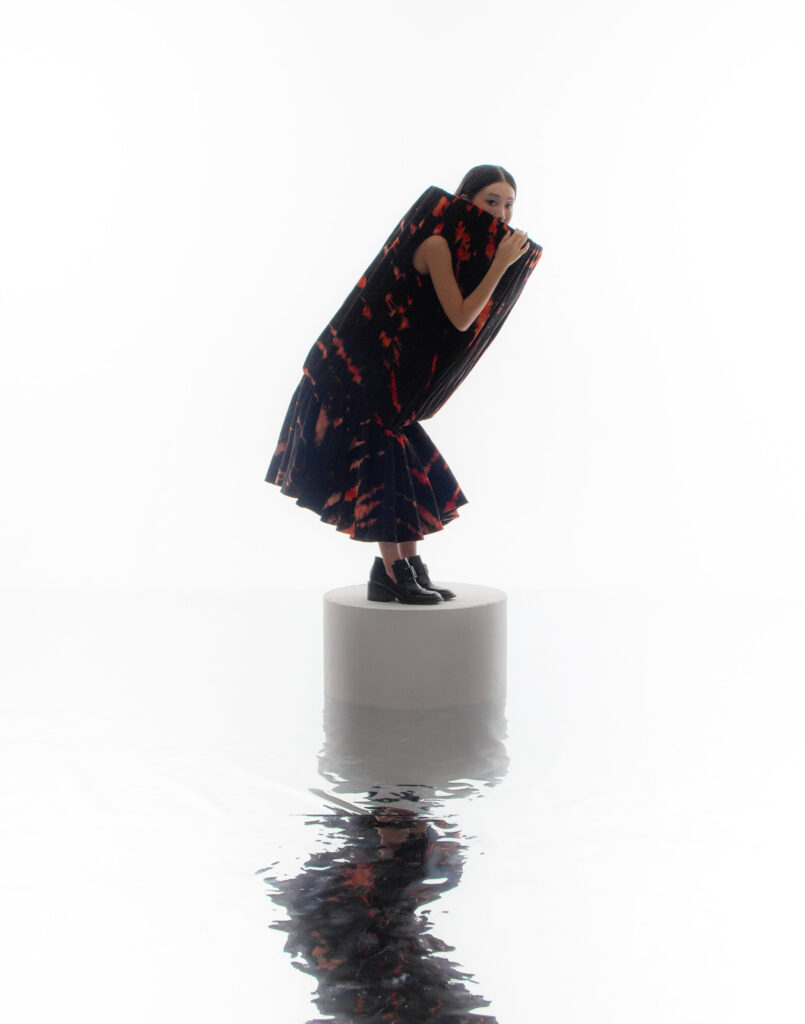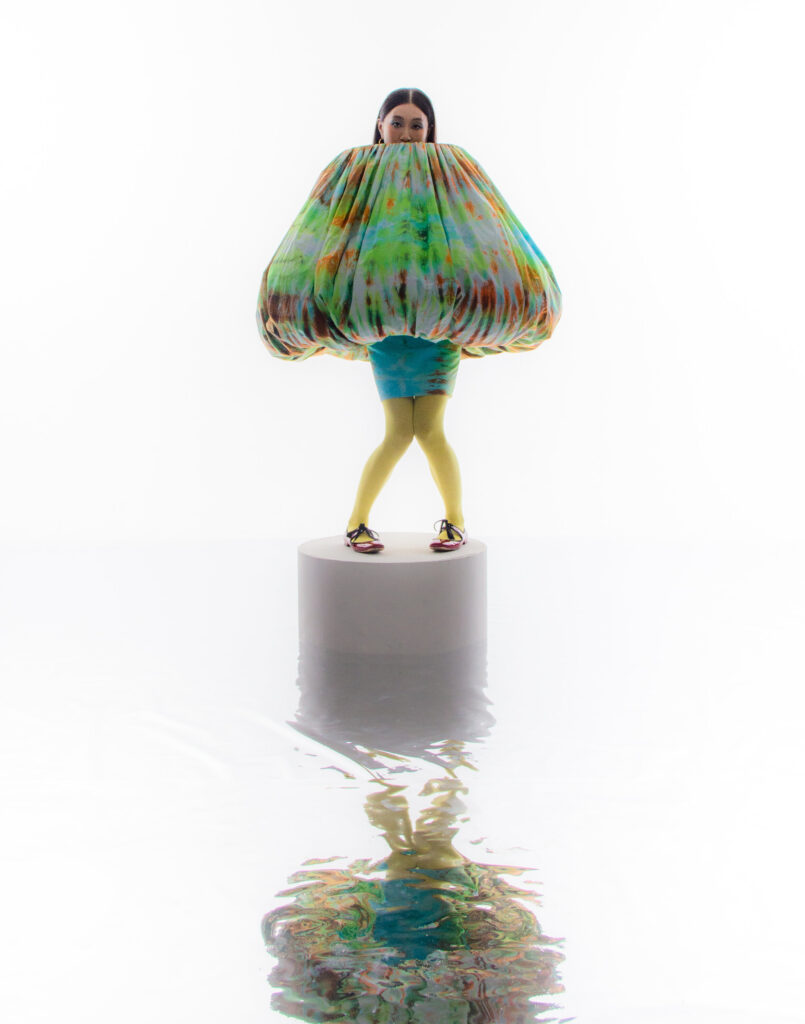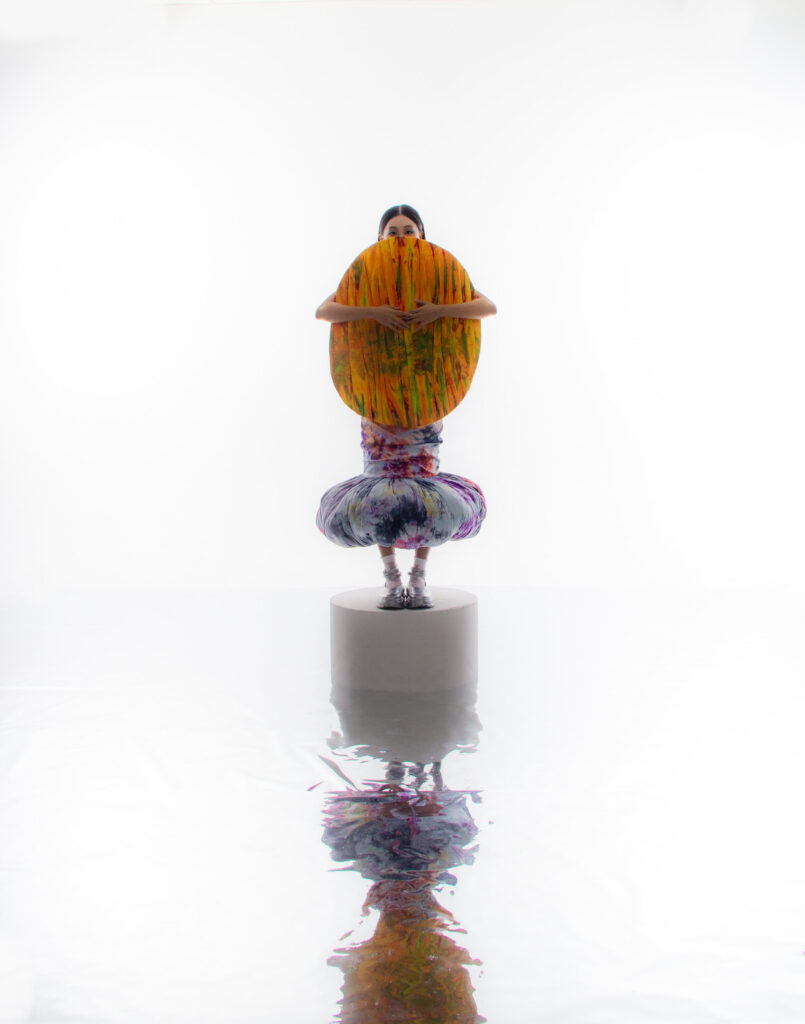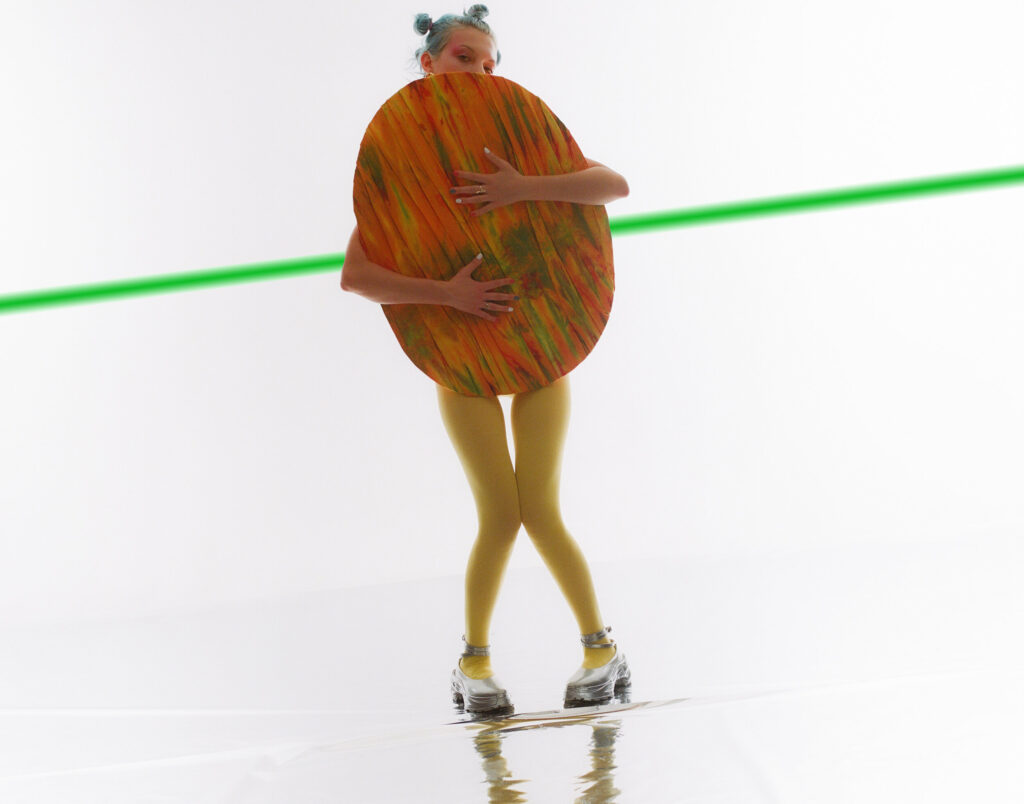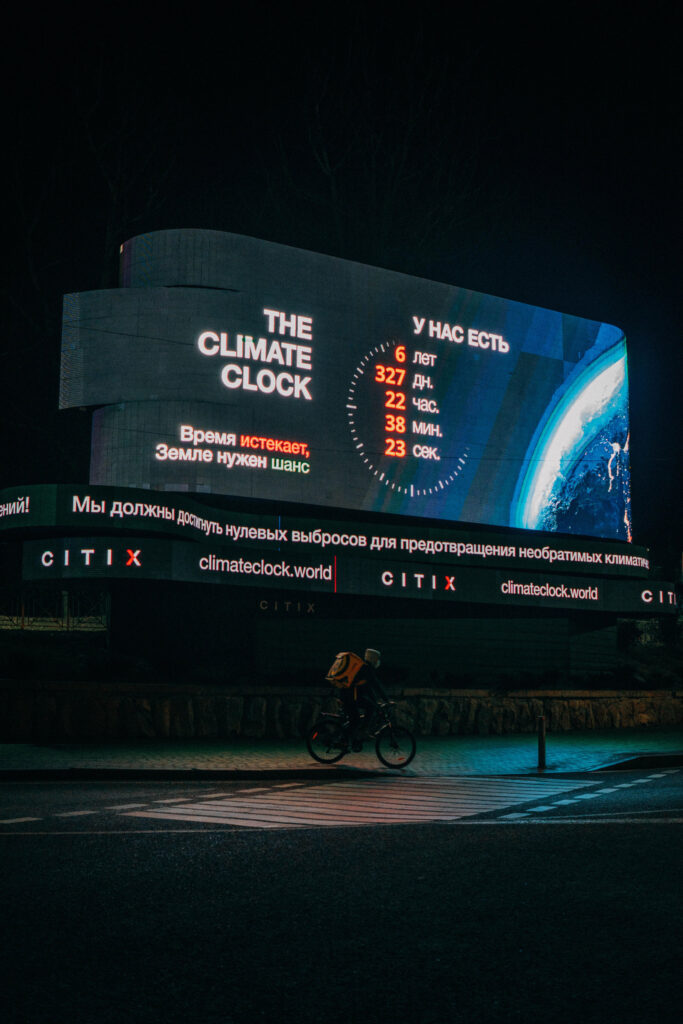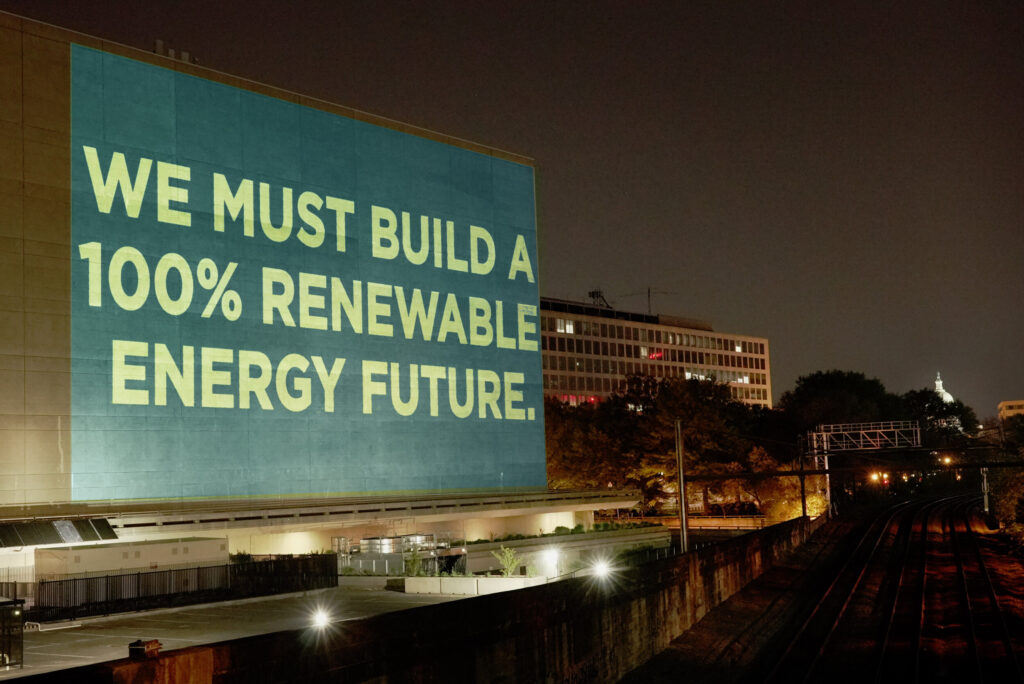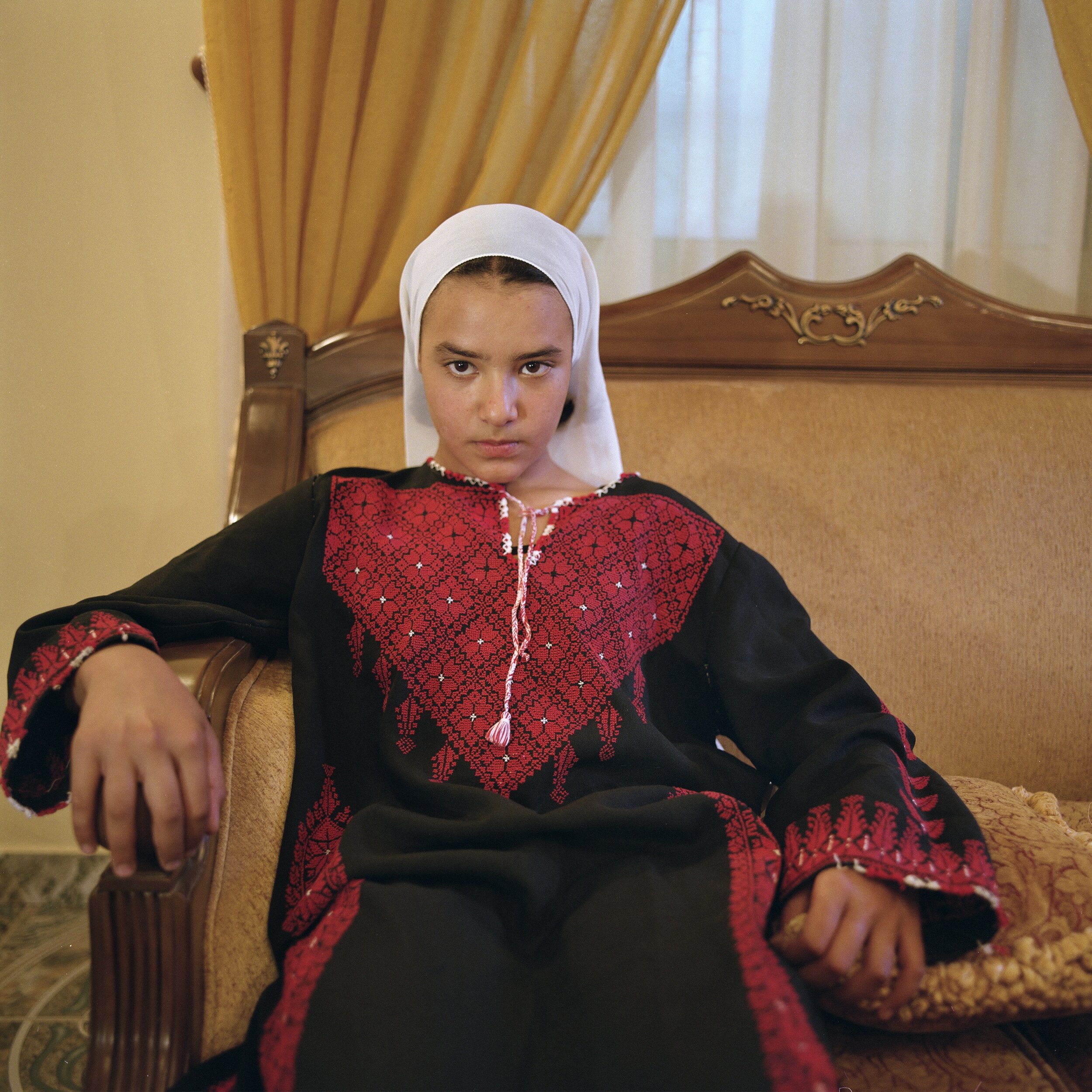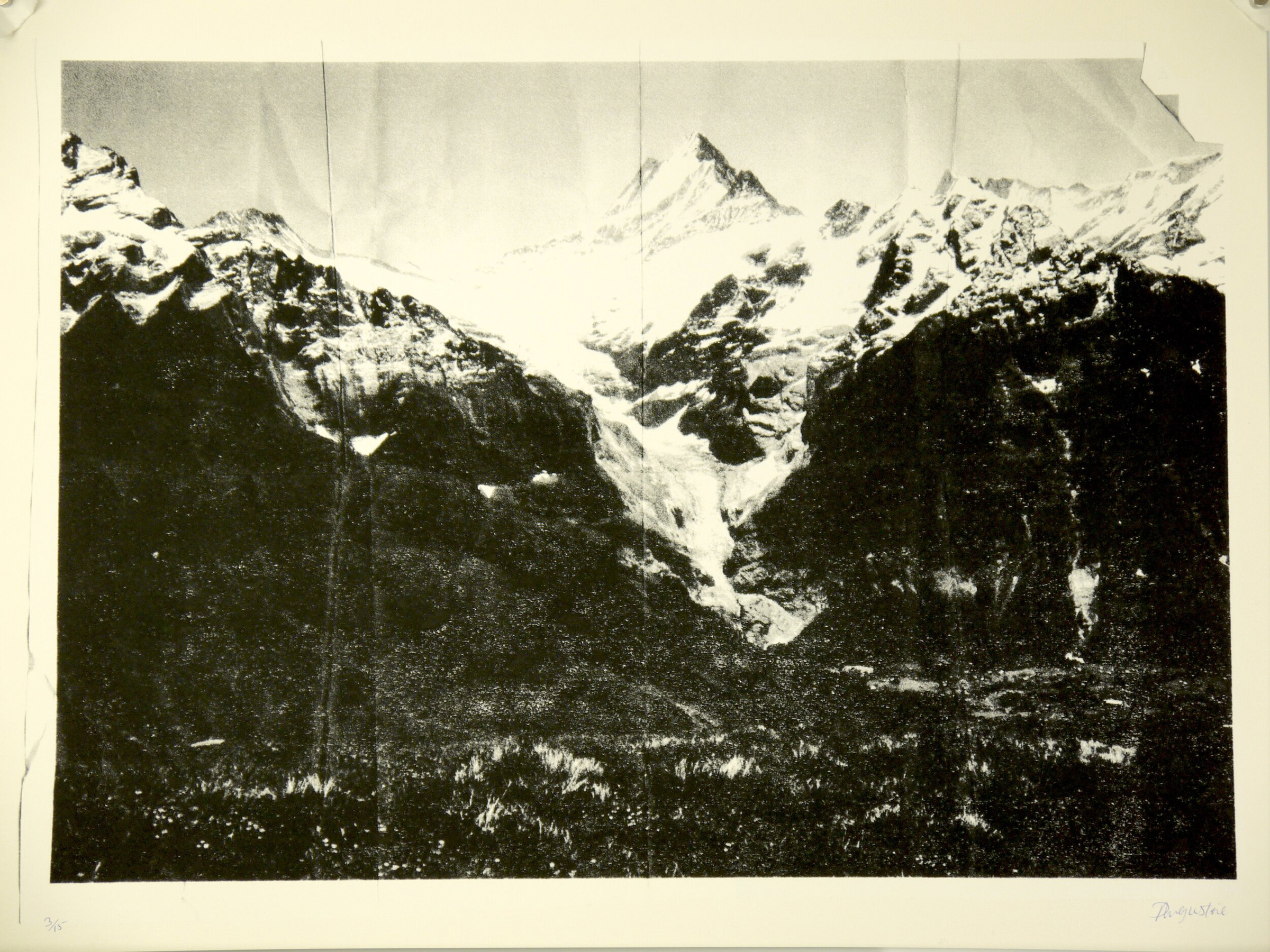
“I’m guilty of having quite a short attention span”
Raised in East London, artist and printmaker Danny Augustine explores ideas of identity in his work, primarily addressing topics of race and gender politics. Danny works predominantly with the medium of print but has a unique and painterly approach to his projects, toying with different narratives that prompt his audience to think about modern society’s views and obsessions surrounding race, gender and sexuality.
NR speaks with Danny, discussing his background, influences and how he has navigated his artistic career.

What attracted you to first start working with print?
First, I wanted to be a fashion designer, then a photographer, then a filmmaker and then finally a painter. The problem was that I wasn’t great at any of those things. I’m guilty of having quite a short attention span. I always want to work big, and I want instant gratification, so print works really well with appeasing those traits.
You grew up in Hackney, how has living in East London impacted your work and you as a creative individual?
I’m of the generation where I ever so slightly missed or was too you young to realise what was going on in regards to the YBAs, but the water mark was clearly visible. Coming from a Caribbean family and growing up in Hackney I felt gave me the licence to push and become an artist – there’s never been a doubt in my mind.
Are any other locations inspirational to you?
Berlin and Venice – those places rock me every time I visit.
Your work deals mainly with ideas about gender and identity, does exploring these narratives come naturally to you, or is it a struggle to express them creatively at times?
I think my work ends up talking about or outlining those points on its own. I didn’t realise it was happening until I had a bit of hindsight. I think it’s pretty natural still.
“I’m not sure why it’s like that but I’m happy that the work walks out on its own and is what it is.”
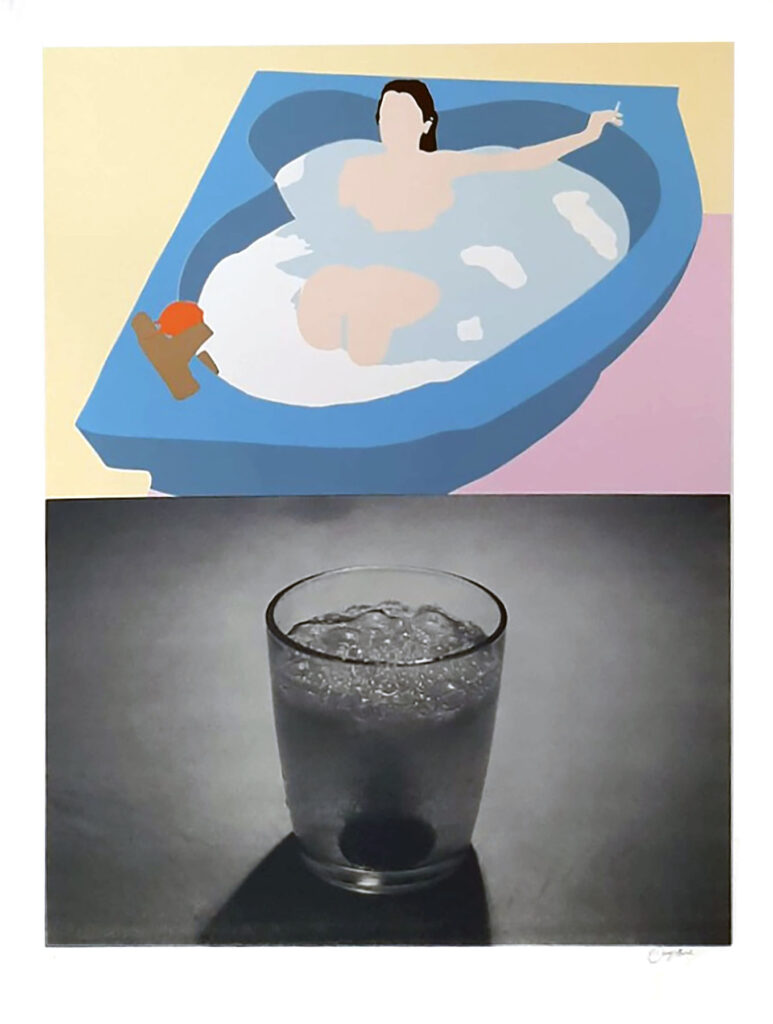
What’s your usual process when designing and printing a piece?
I usually start with an idea and instantly start to build a collection of works that explores that. I like to think about it like how a fashion designer builds a collection for a new season. I hardly ever just make a singular piece.
What other artists inspire you?
Tim Mara, Eduardo Paolozzi, Frank Bowling, Cy Twombly, Francis Bacon, Kate Gibb, David Hammonds, Billy Childish. I have loads more: Hockney, Louise Bourgeois, Lucien Freud. We’re in an incredible time because so much has passed and there’s a lot to look back on for inspiration.
How have you navigated the past year in the pandemic as an artist?
Minus the horror stories that people went through during this time, I found I was able to concentrate on making loads of small prints and send them to people who wanted them, no charge.
“Knowing when it arrived and how it cheered people up, I felt happy that I was able to connect with people for no reason other than being able to make something and then send it out.”
Have there been any seminal experiences that have impacted your work or your practice?
Having my son was an incredible thing. When he was born, I knew I wasn’t going to make anything as beautiful as him (cheesiest thing I’ve ever said). My work has changed since having him – I think it’s possibly more grown up, but I won’t know until I start working more.
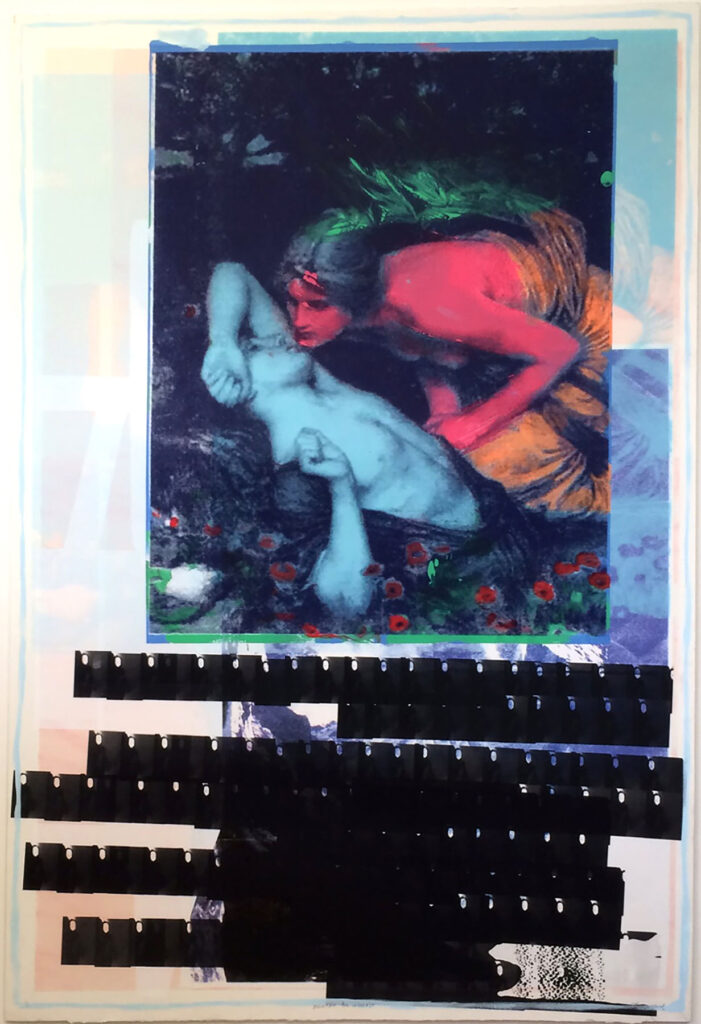
What does your body of work aim to say in terms of confronting issues about gender and identity politics?
I don’t think it aims to say anything, but perhaps it prompts the viewer to possibly say something.
What was it like transitioning from studying Fine Art to specialising in your printmaking MA?
It was nuts, I probably wasn’t ready for it. Maybe I should have had a year between them rather than going straight in, but at the same time I think I had to be thrown straight in after university. I had to learn the language pretty fast.
Are there any particular figures you draw the most inspiration from?
I think probably Cy Twombly and Lucien Freud. As soon as I open a book my brain goes crazy and thoughts and ideas start flooding in.
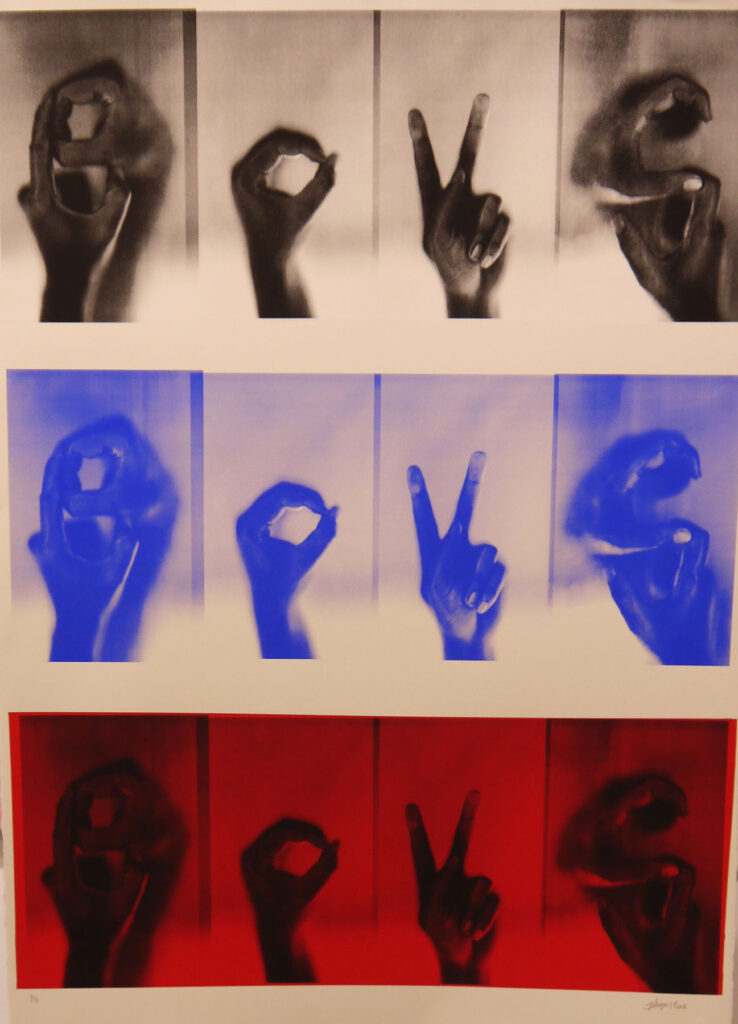
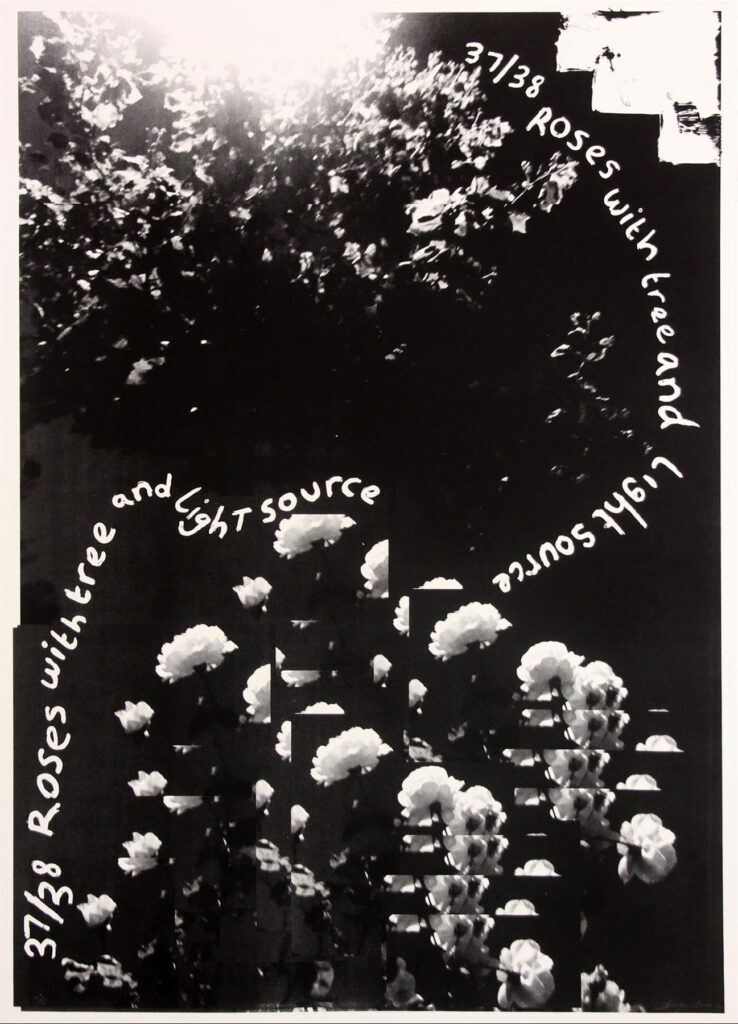
Are you working on any projects at the moment?
Yes, I’m working on a few large screen prints mainly dealing with colour and abstract forms leaning heavily on a specific way of printing.
Credits
Images · DANNY AUGUSTINE
www.jealousgallery.com
